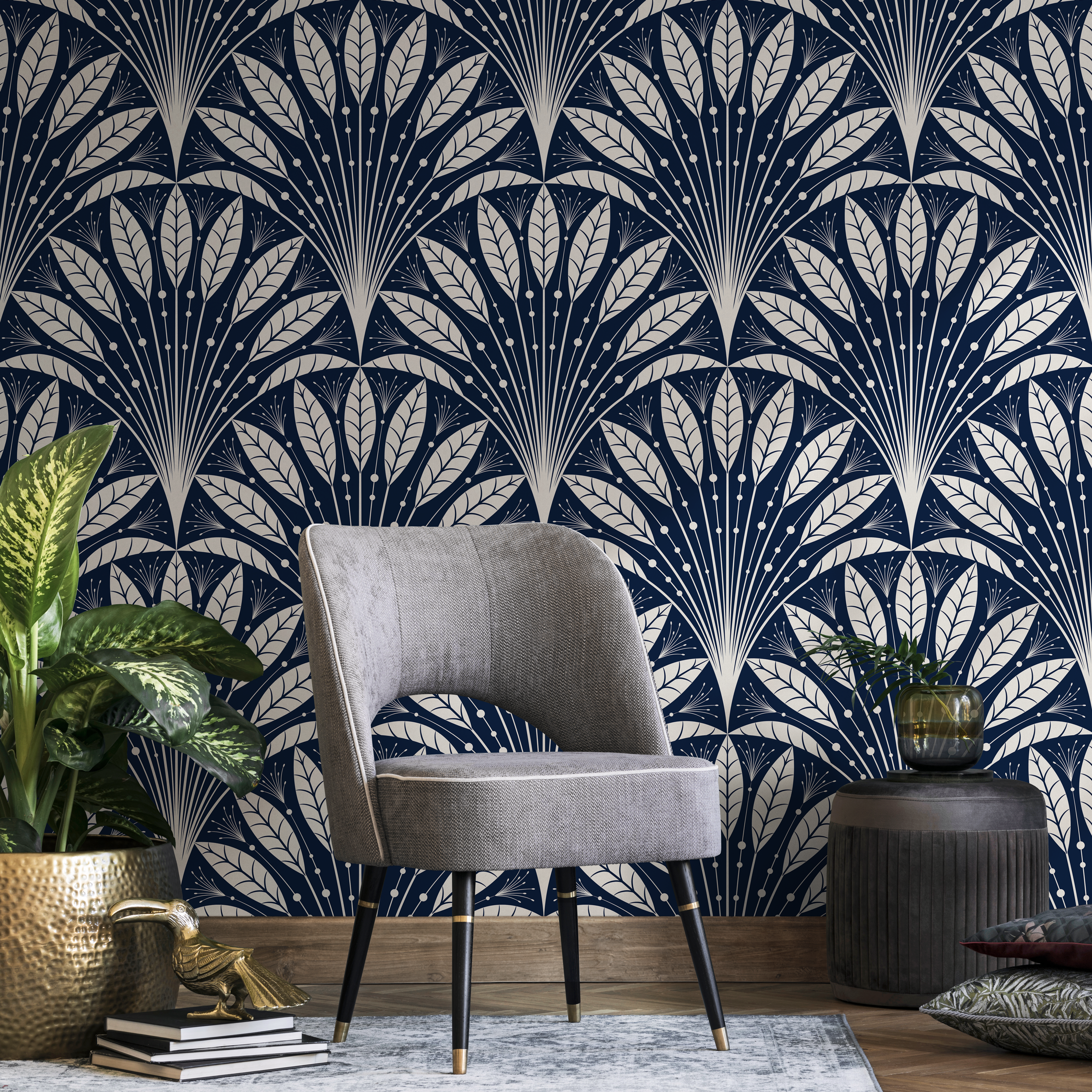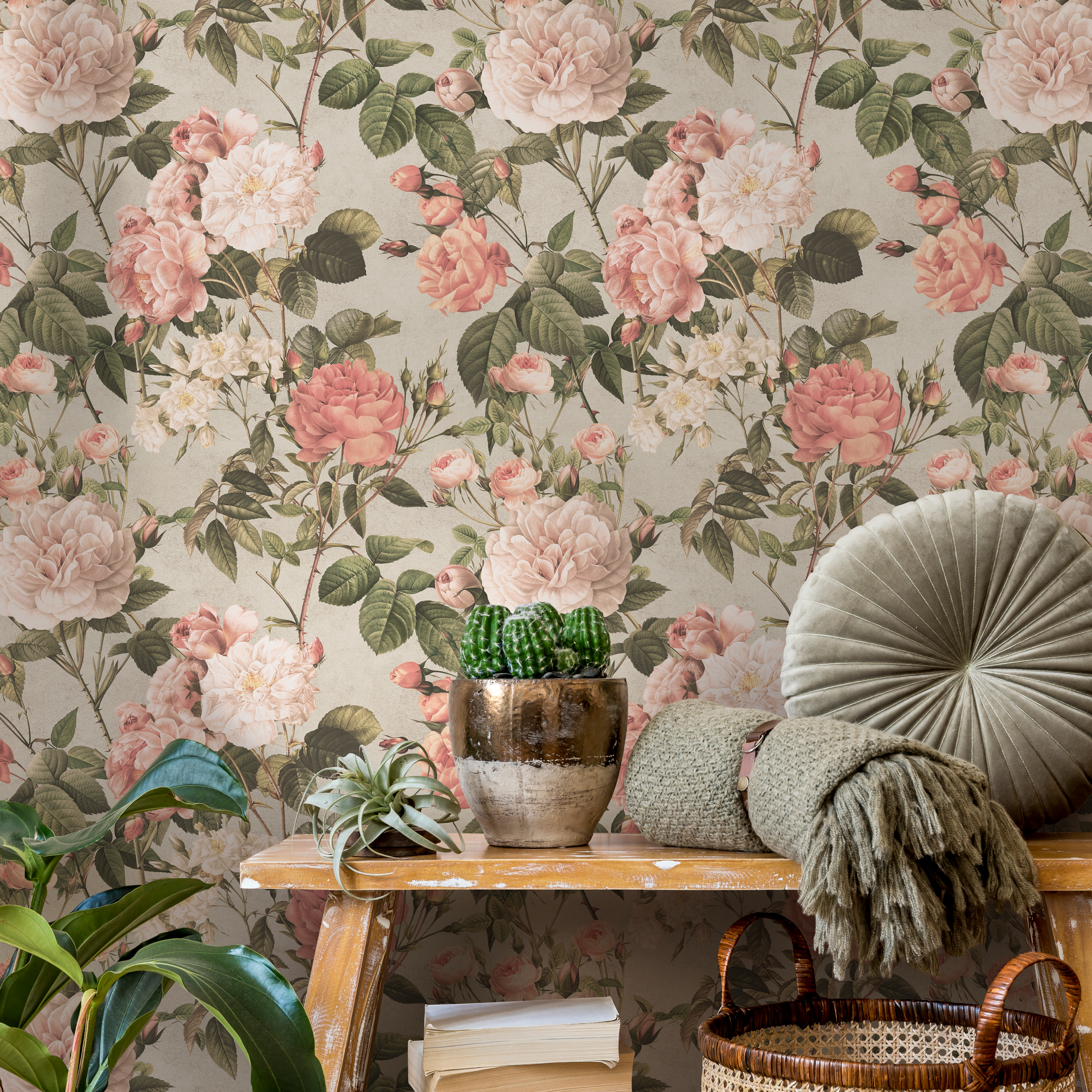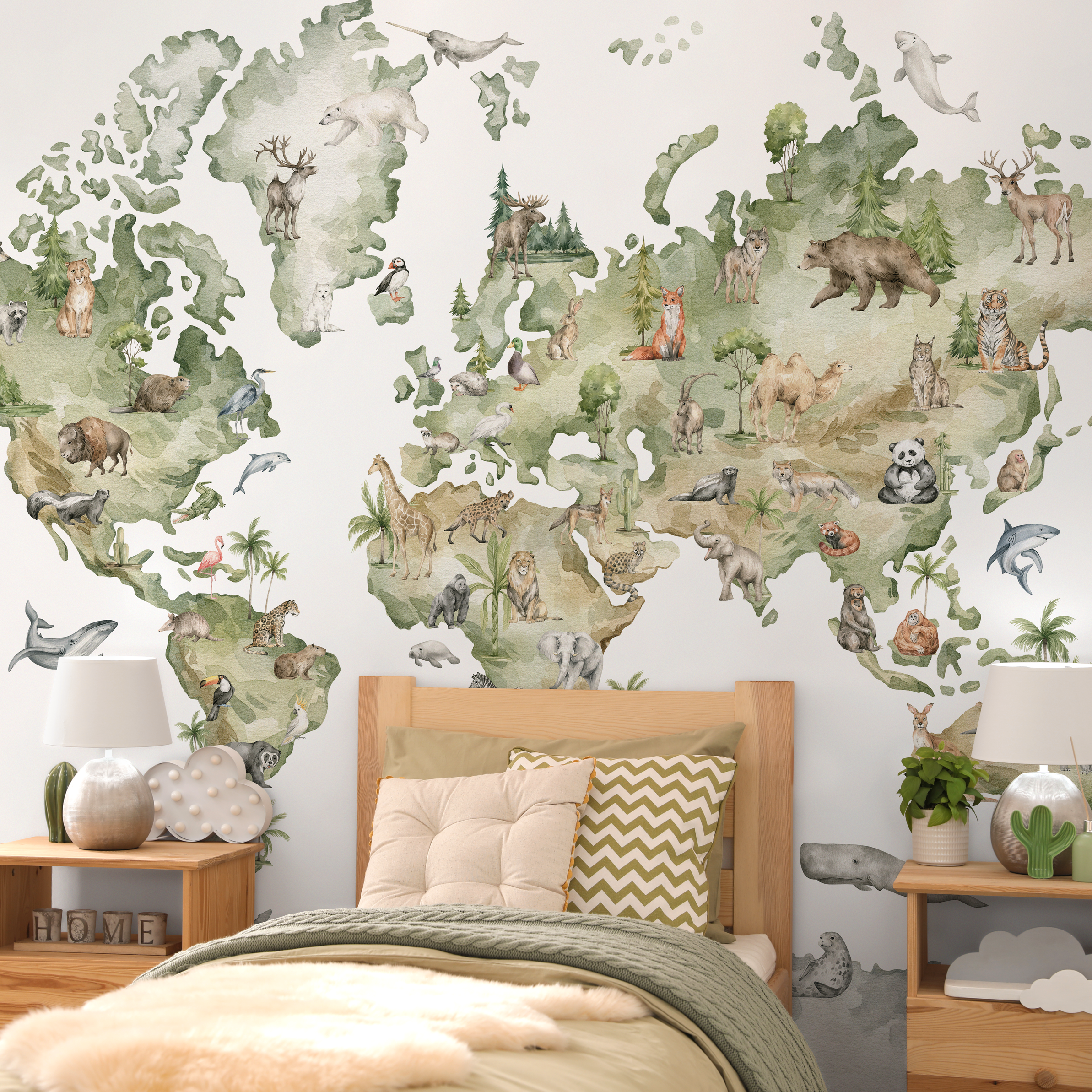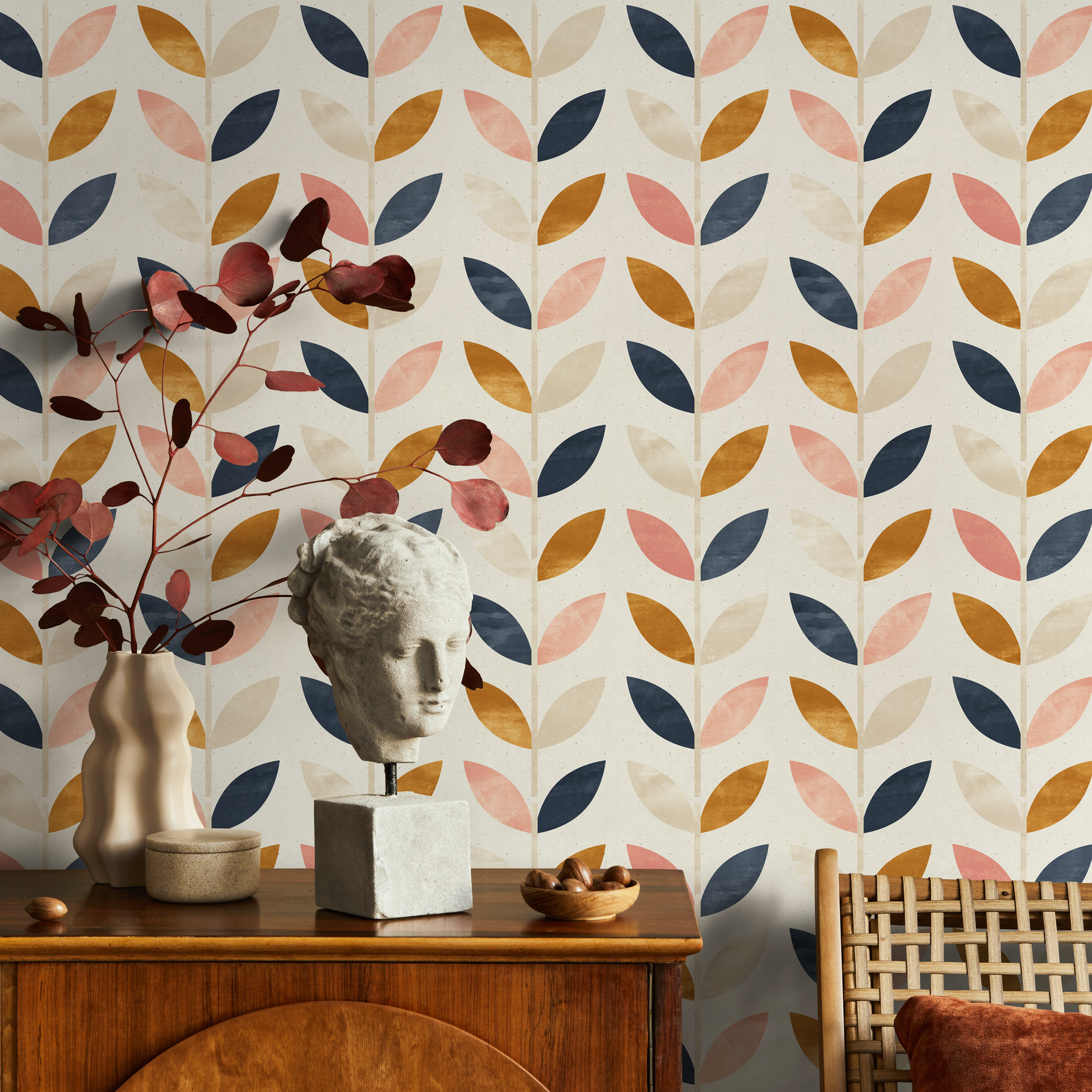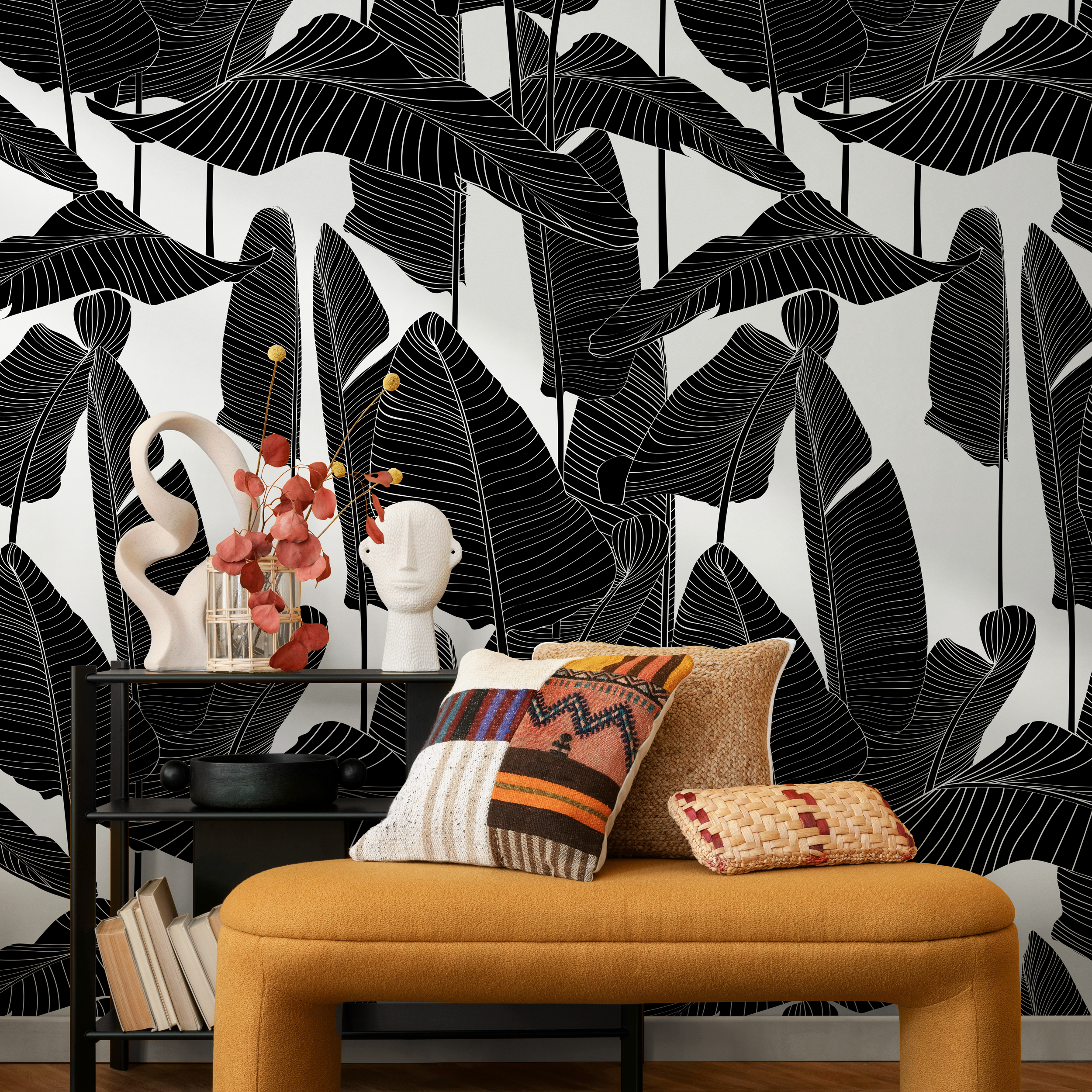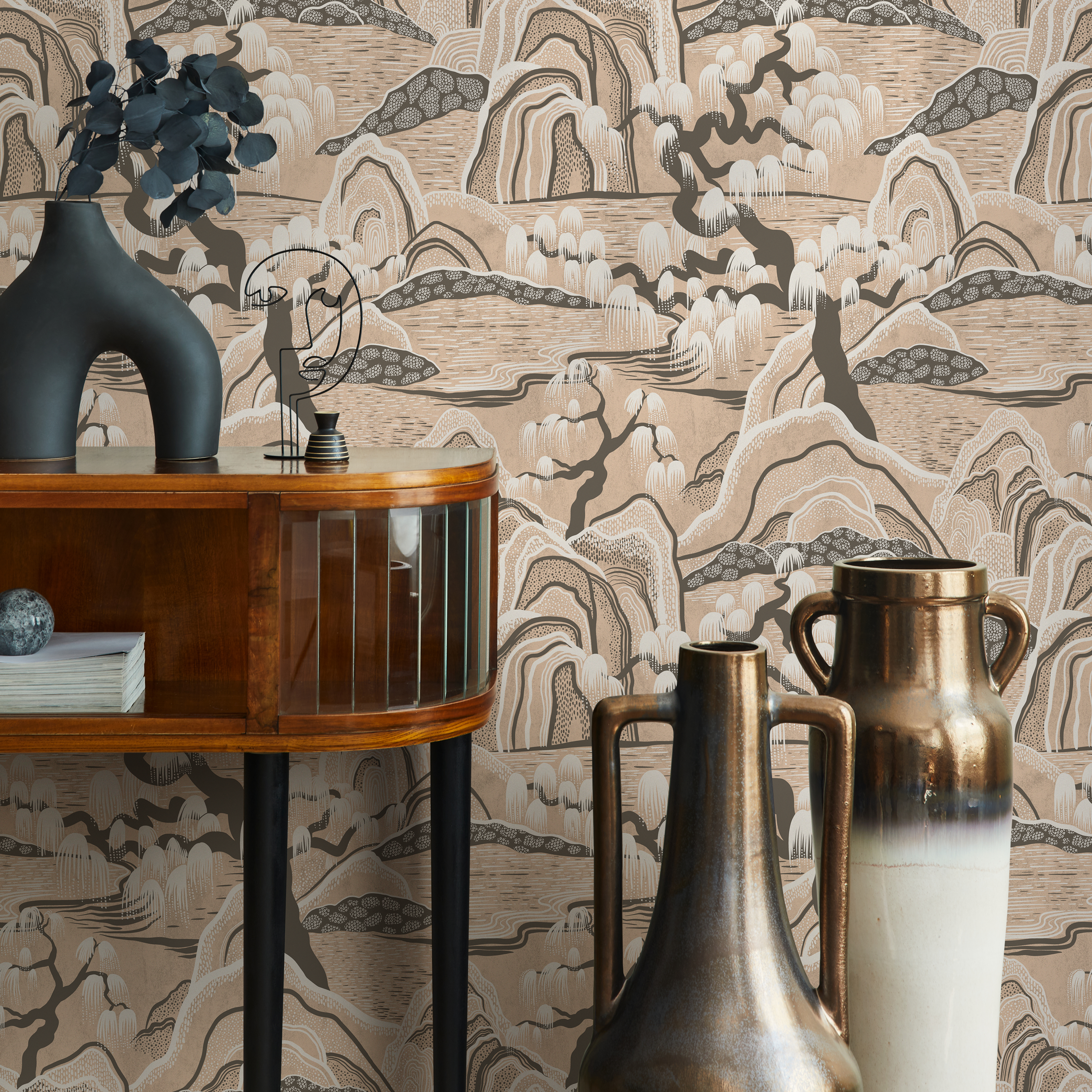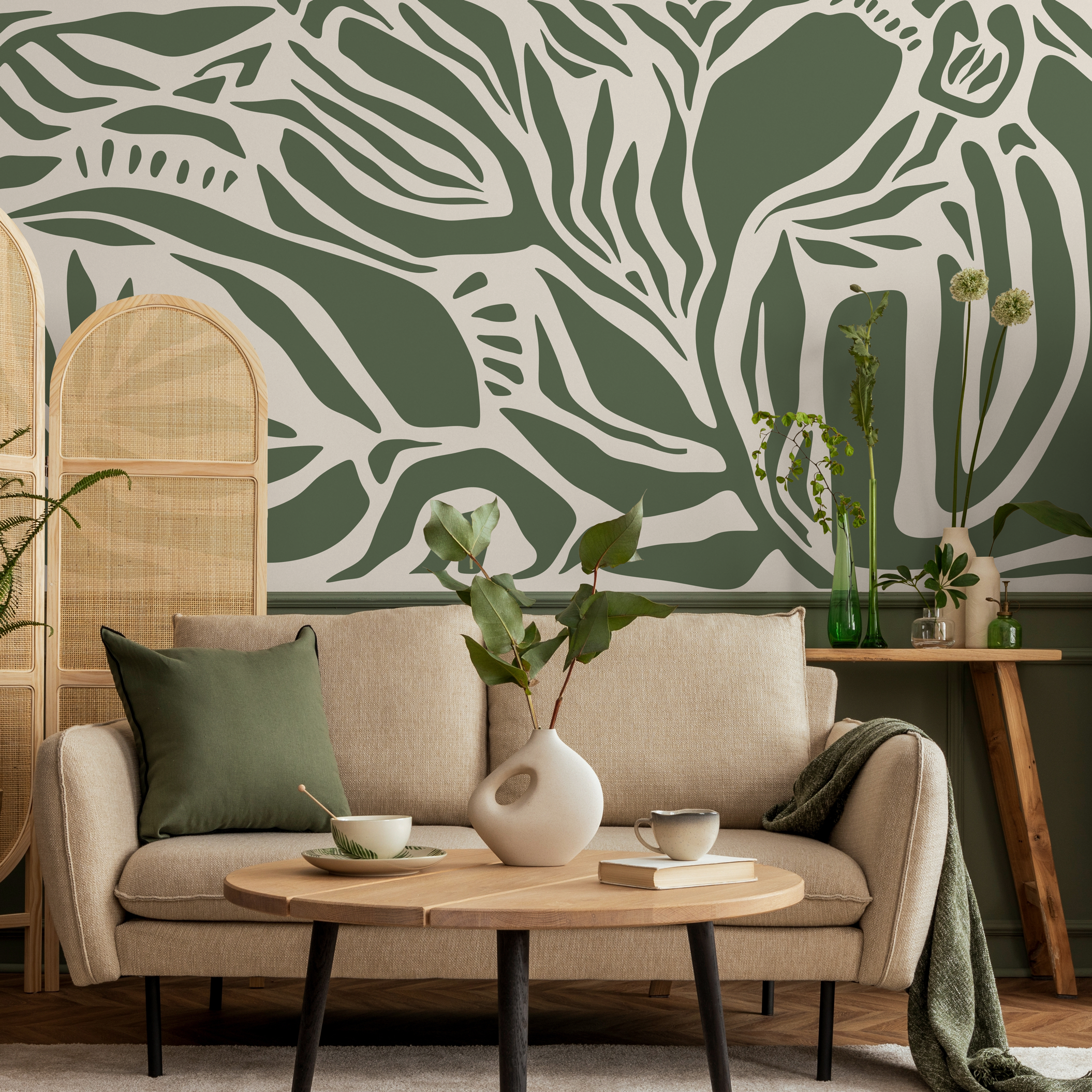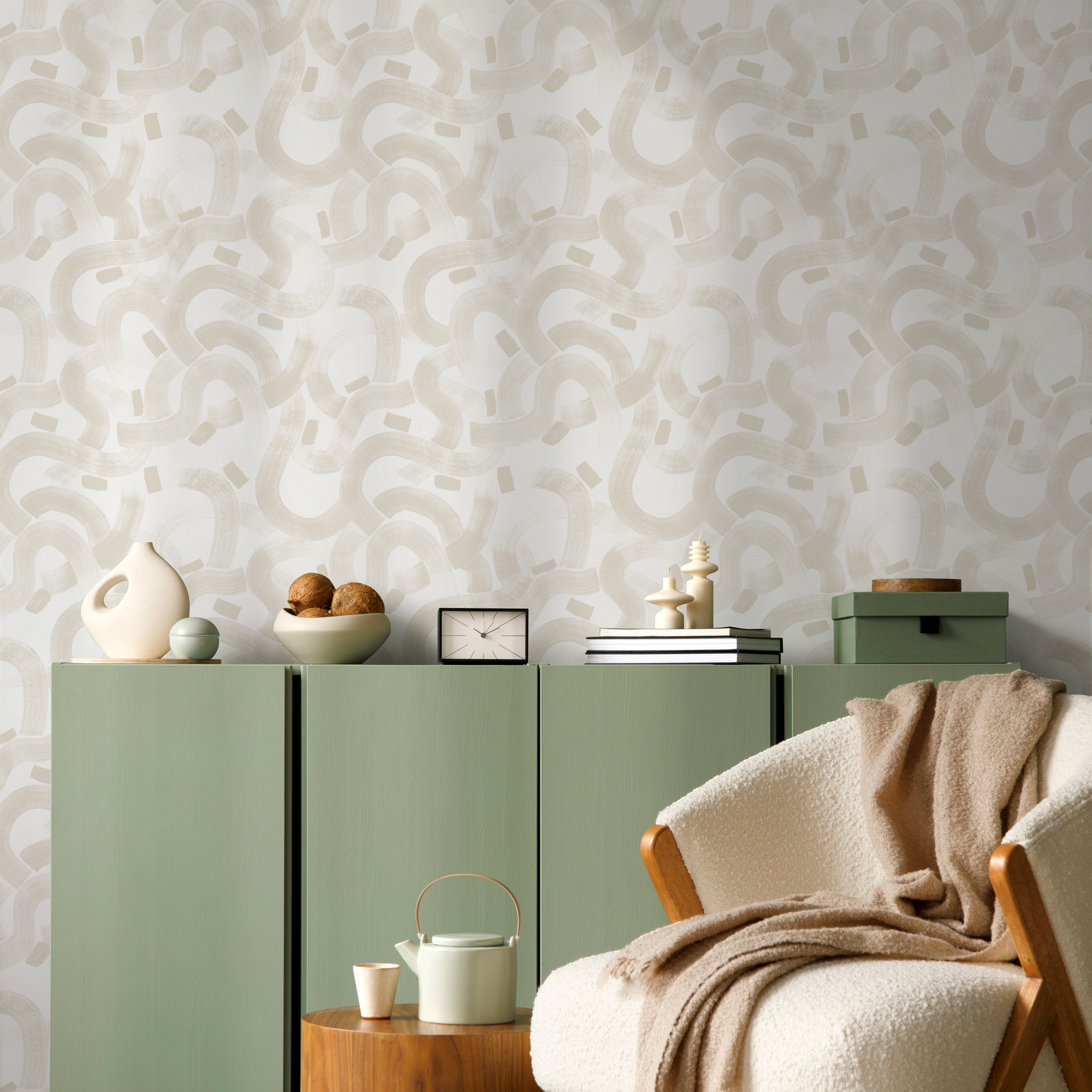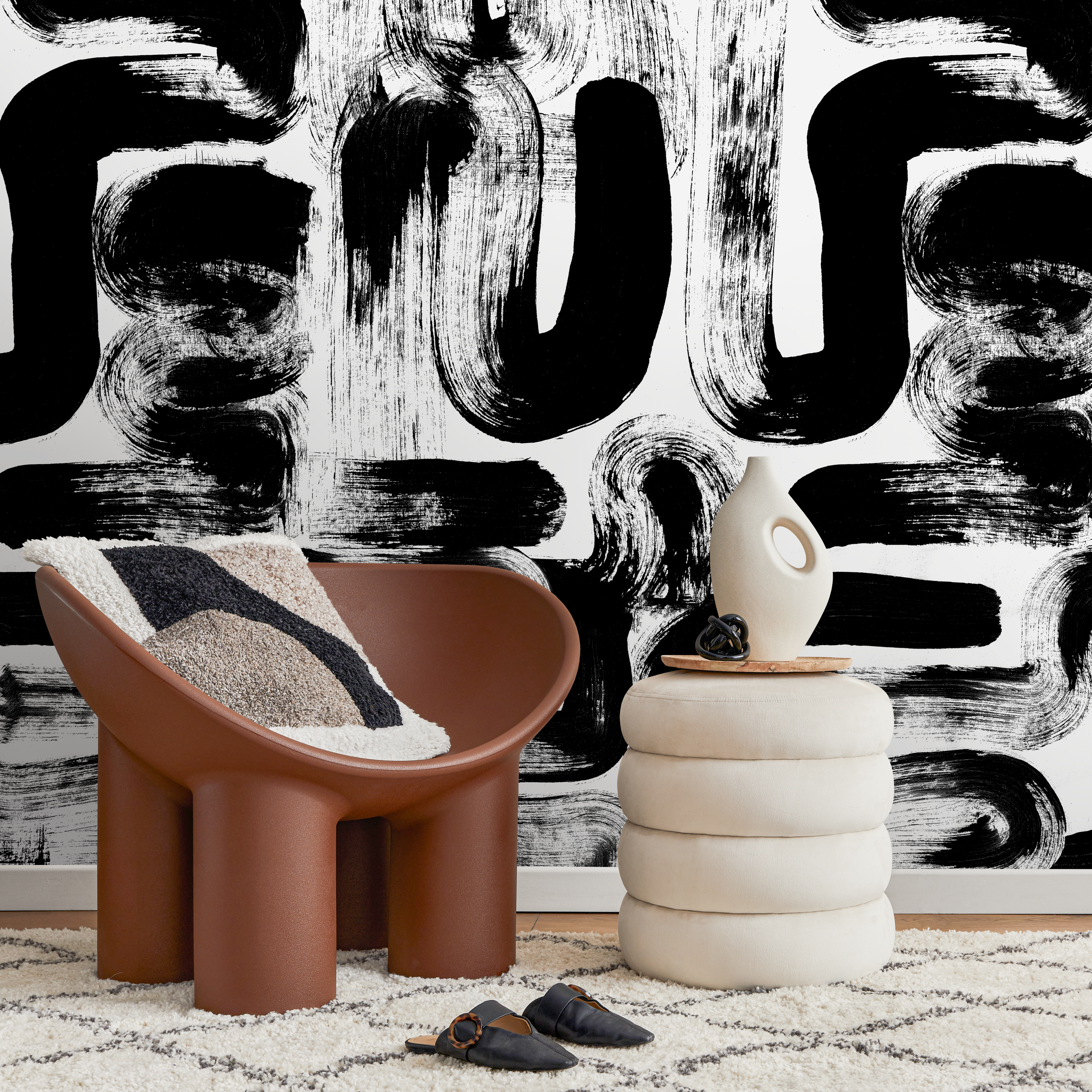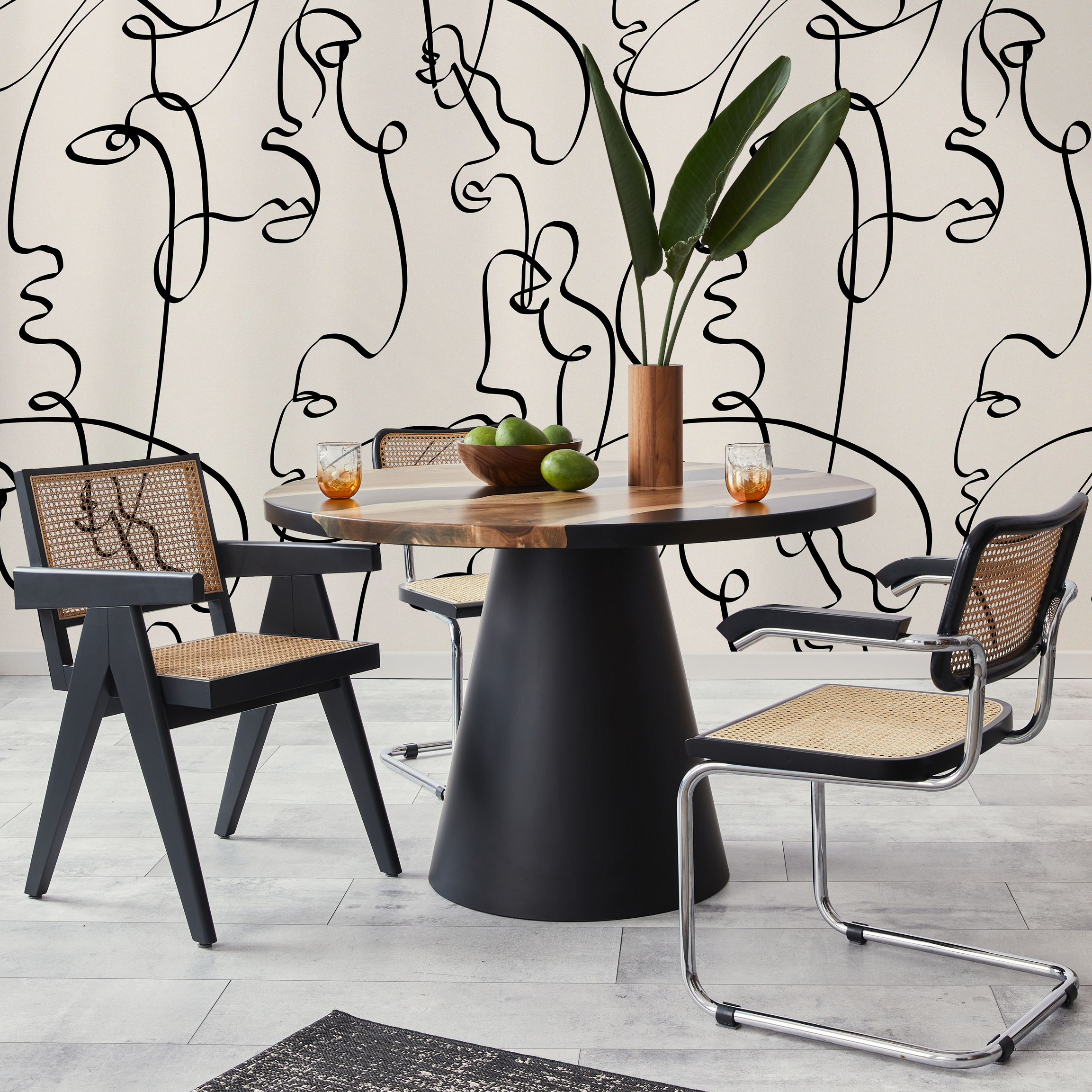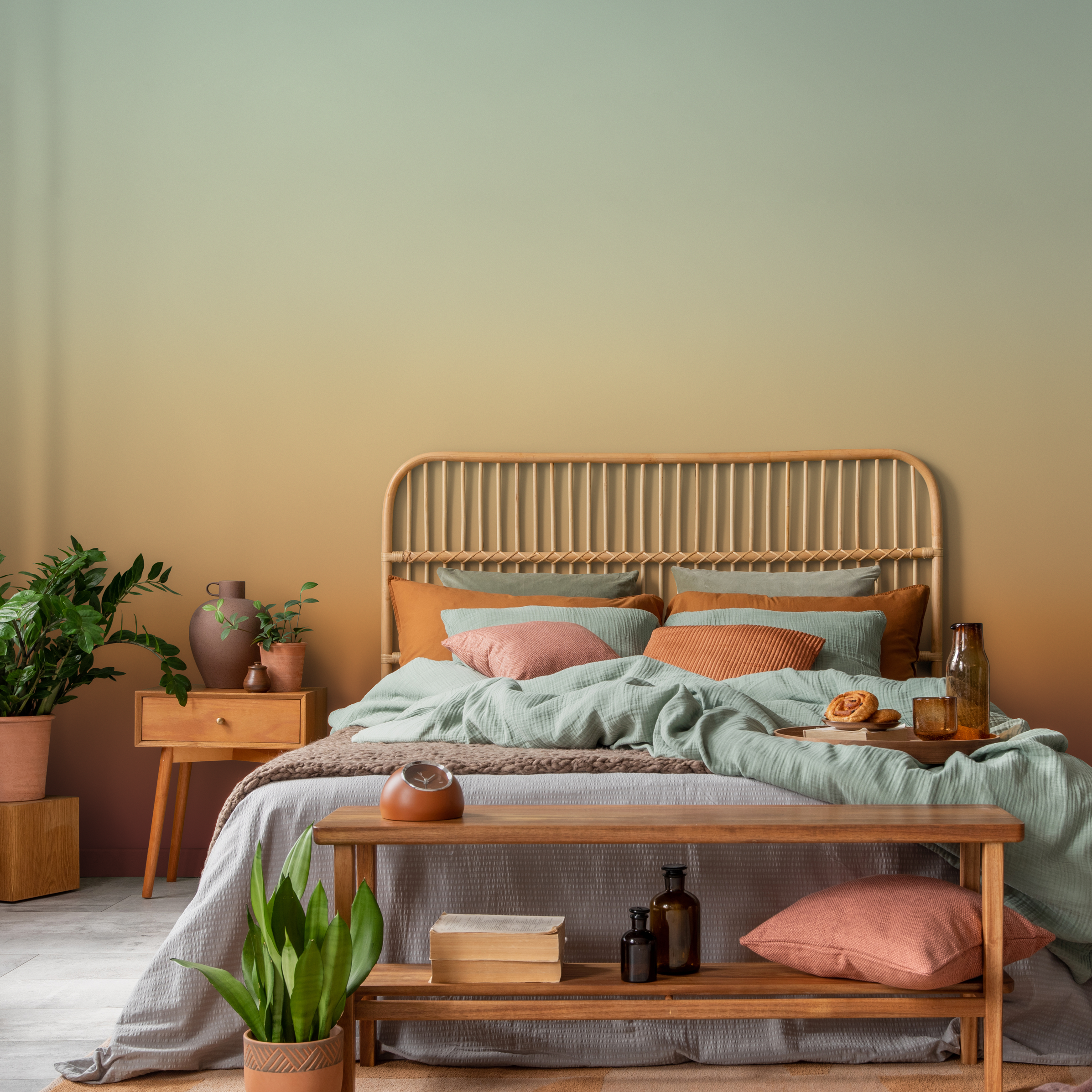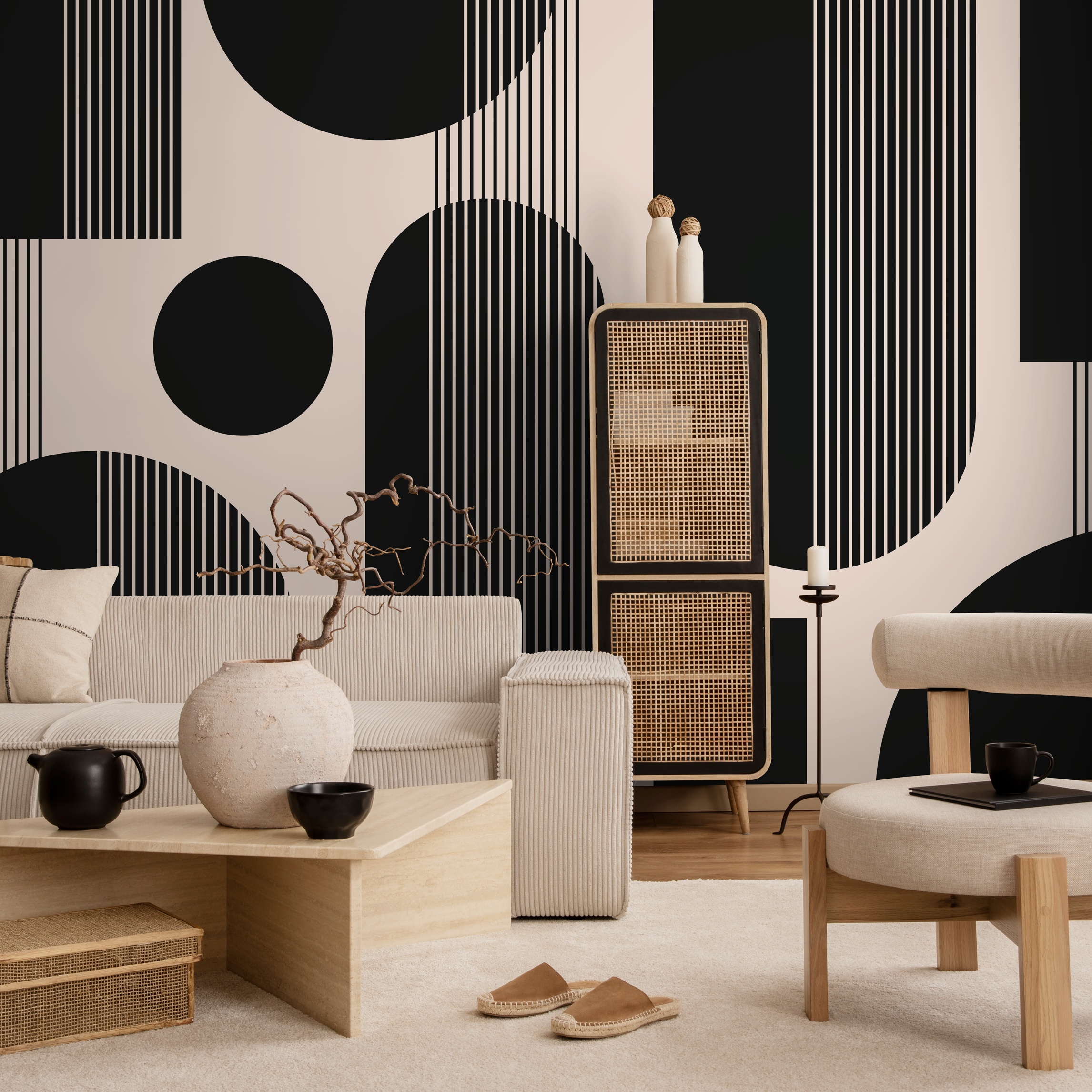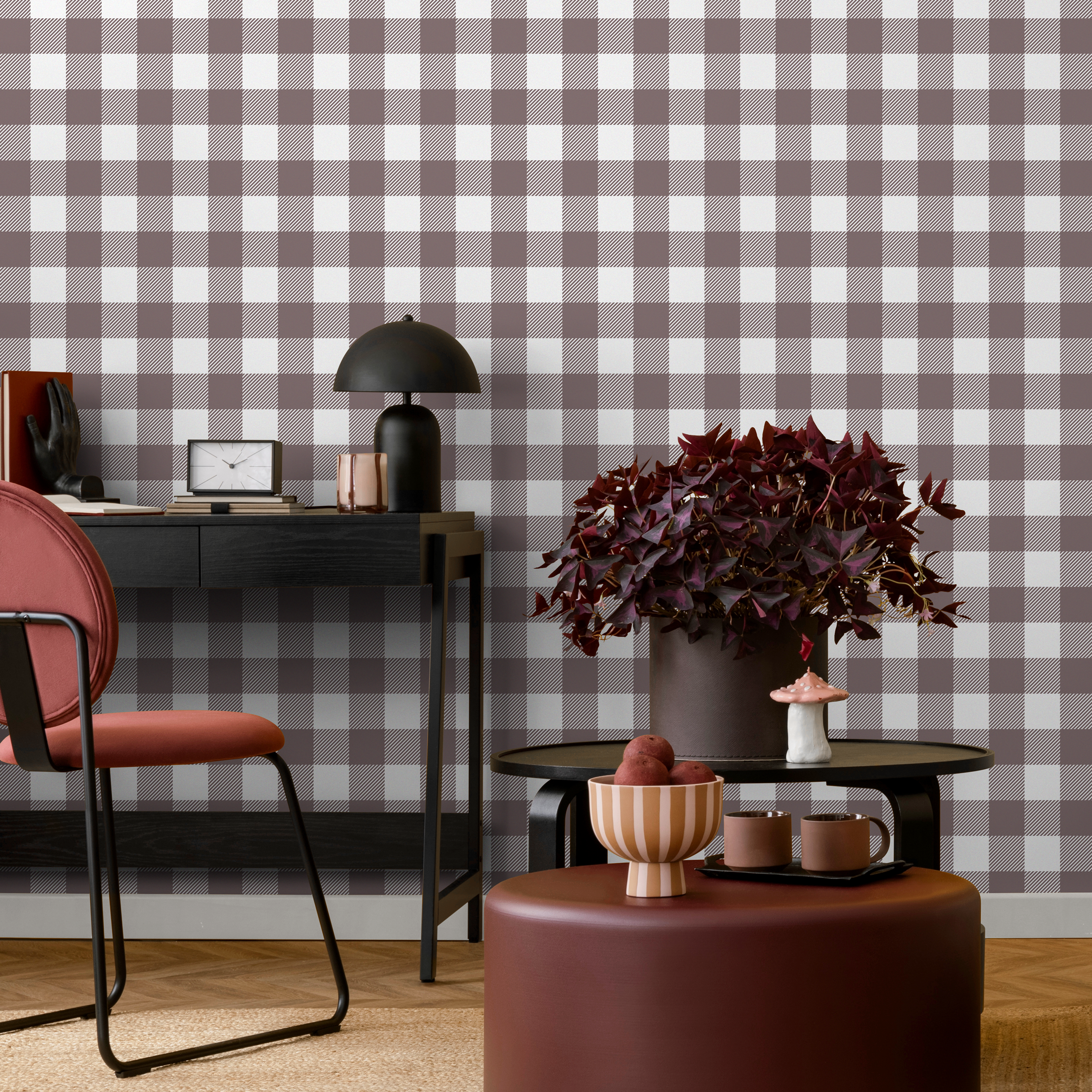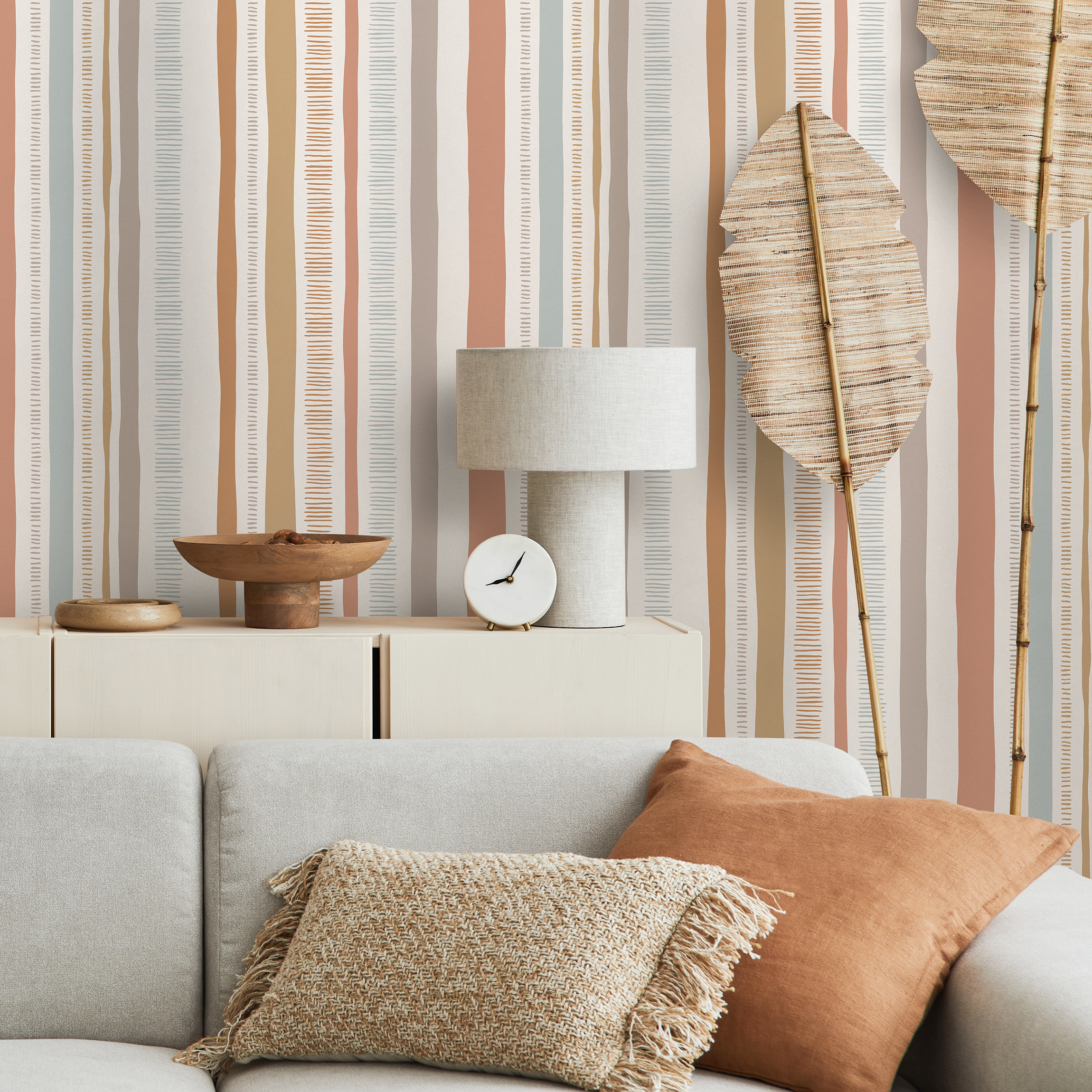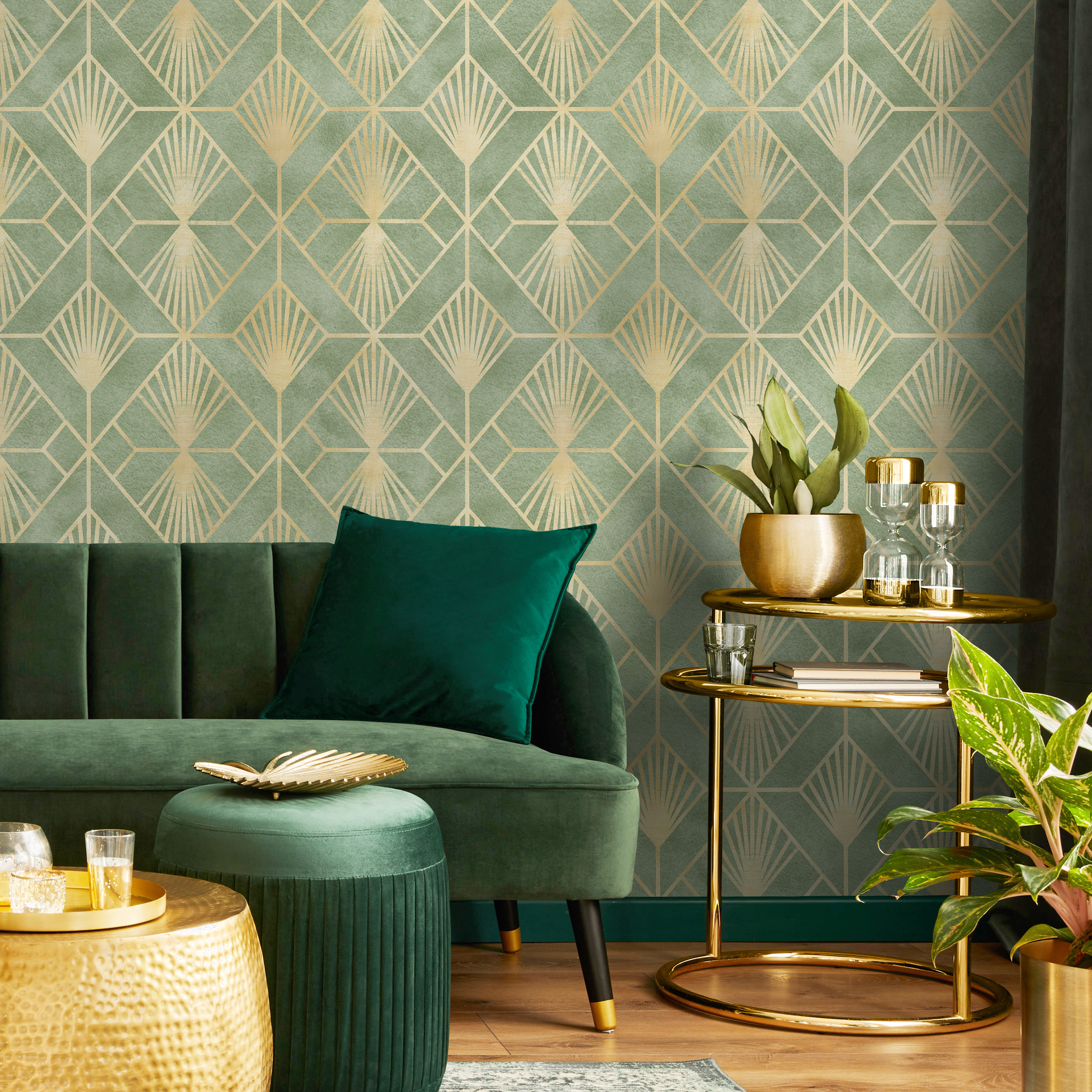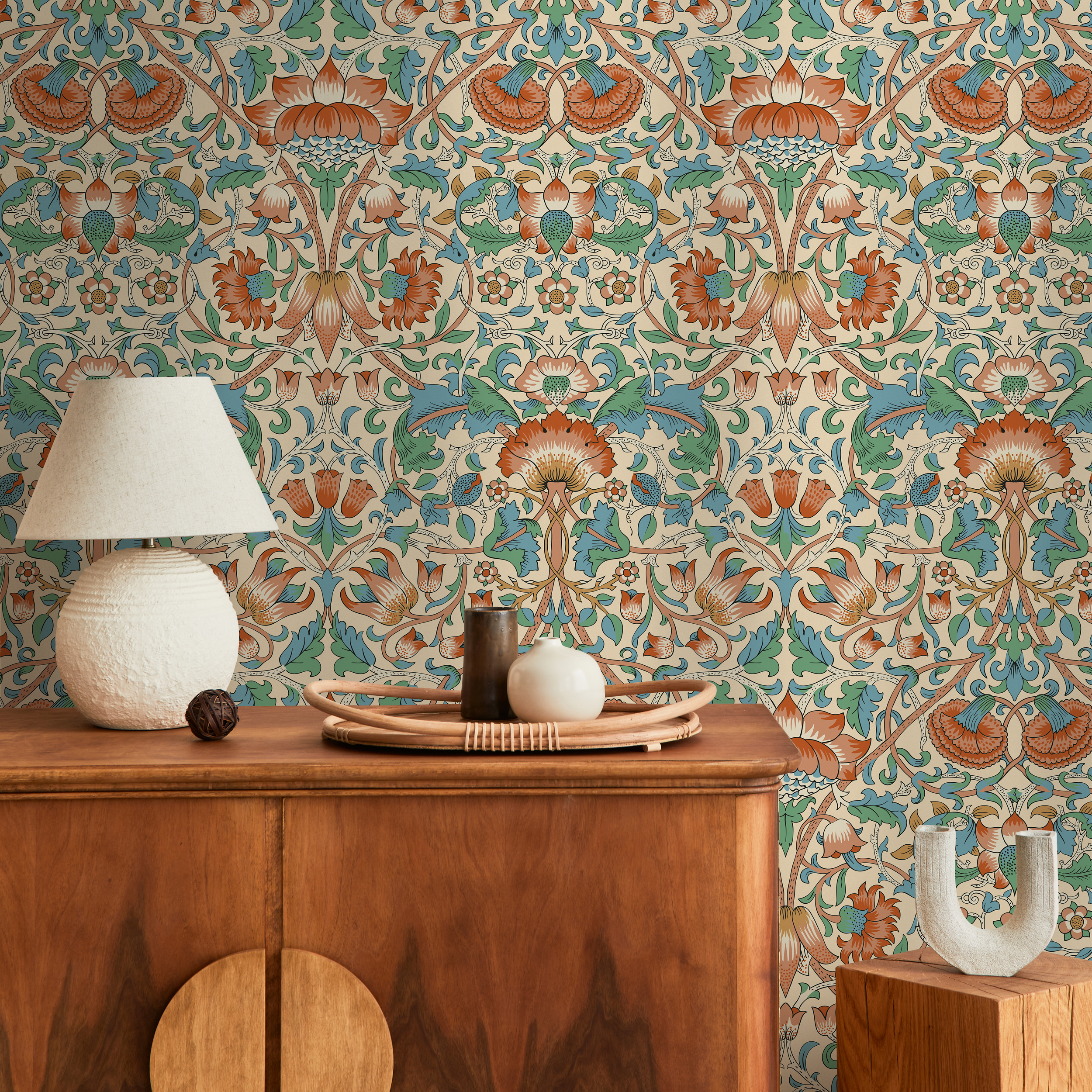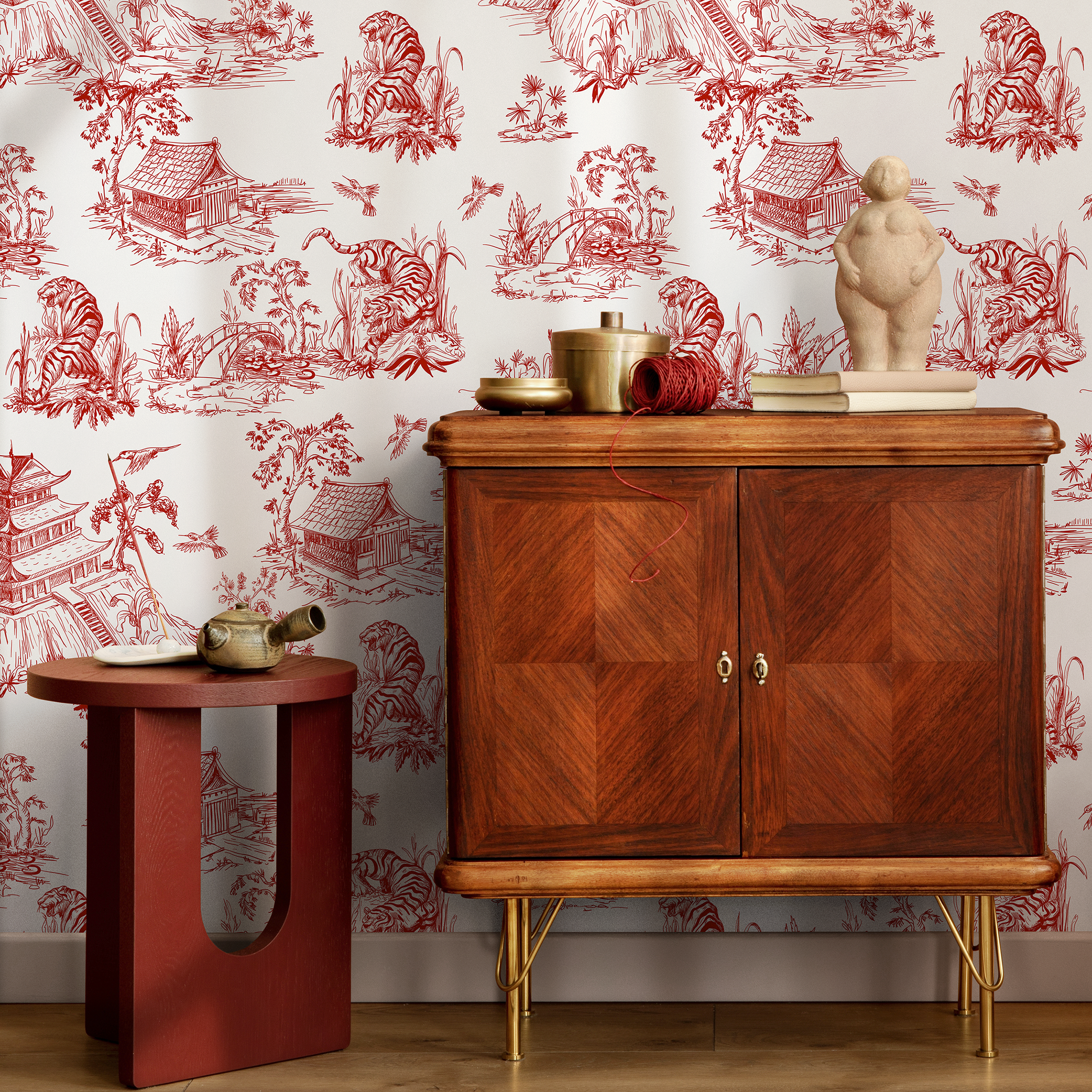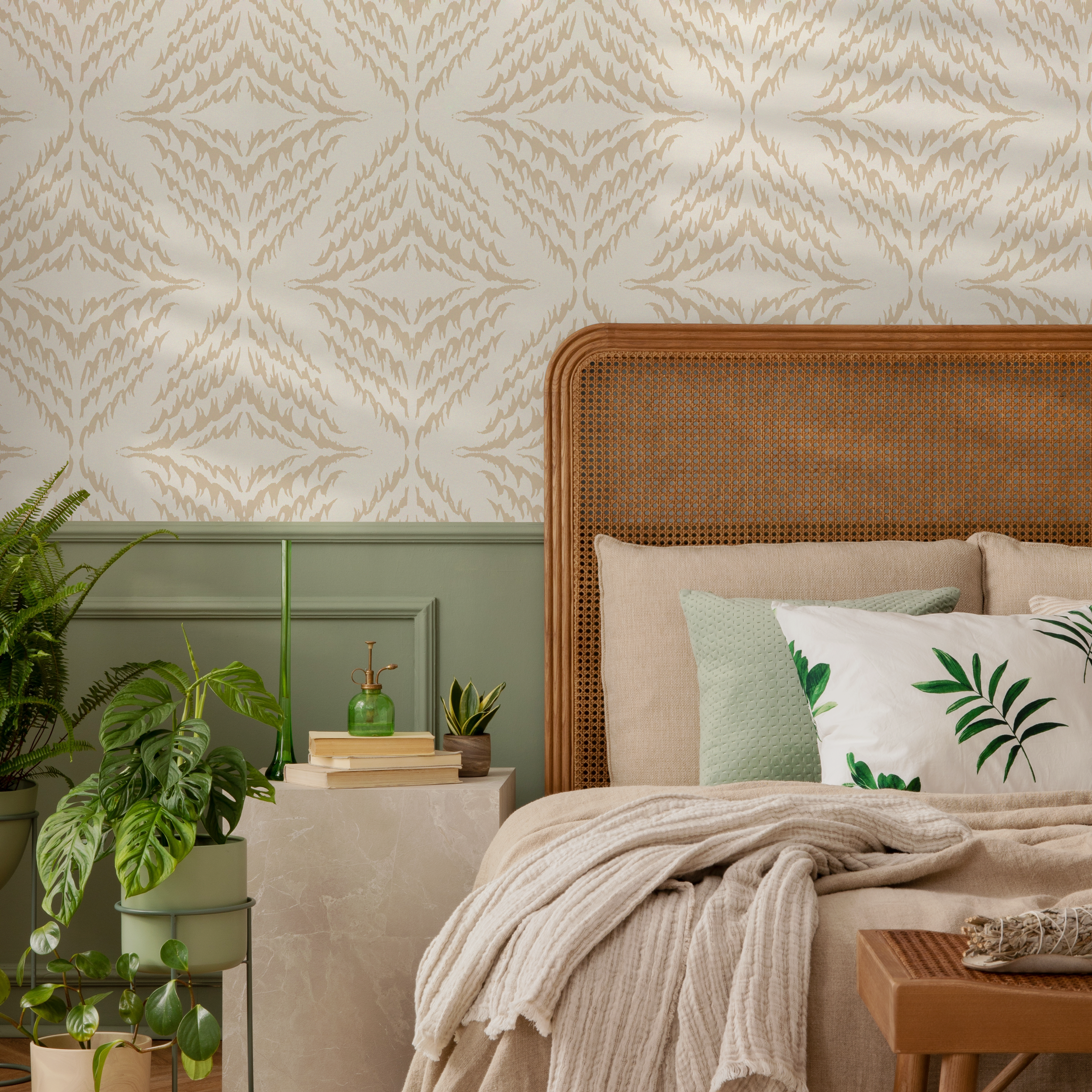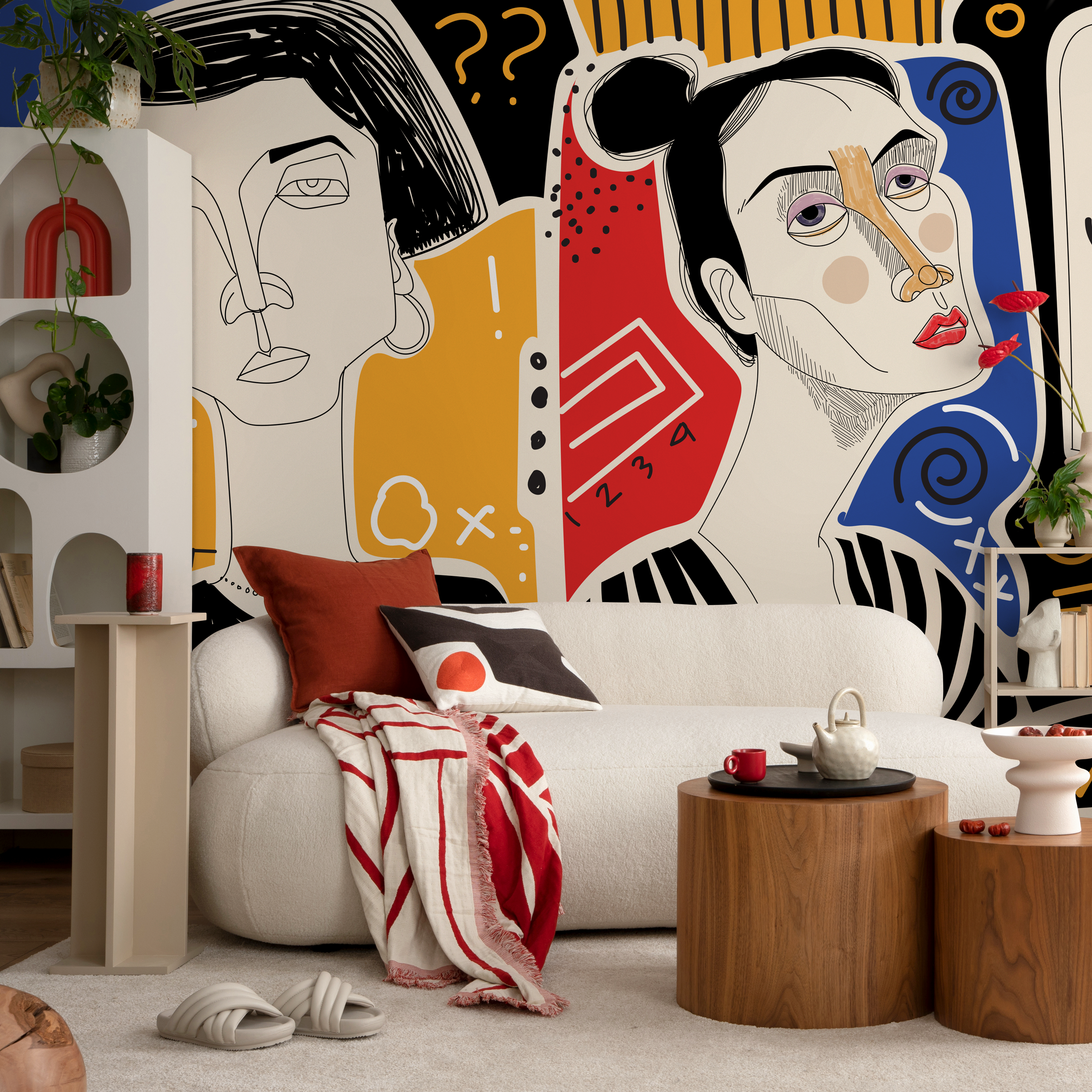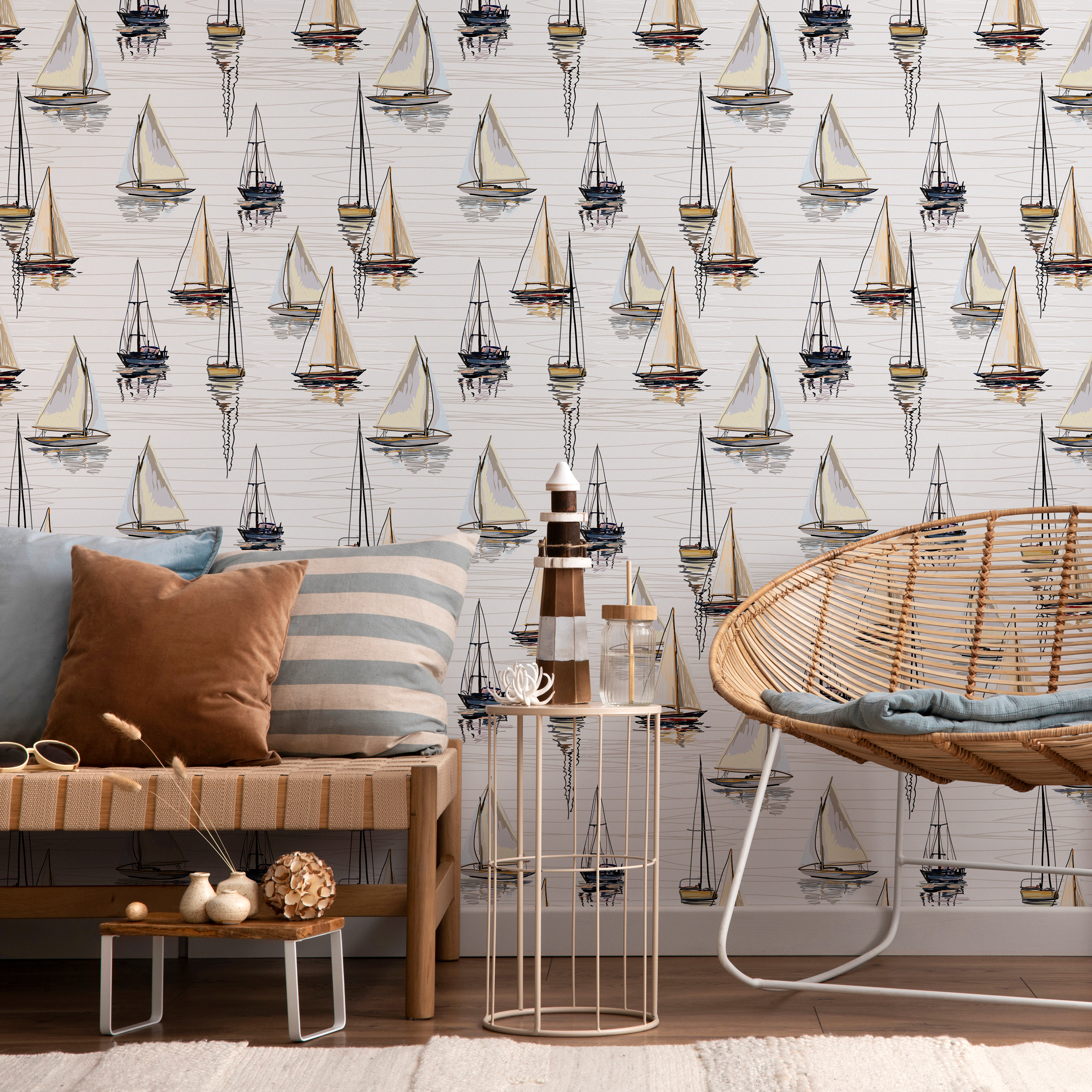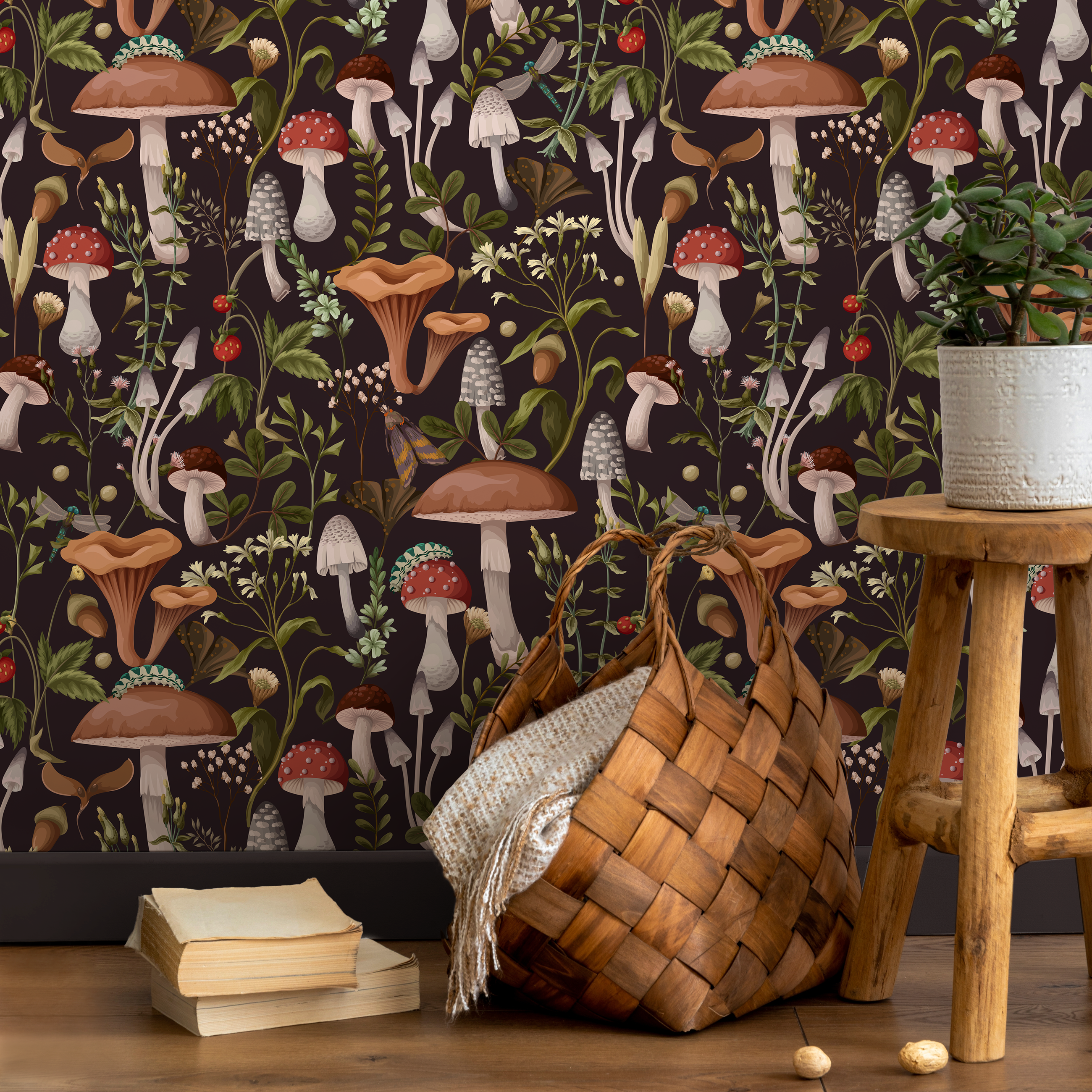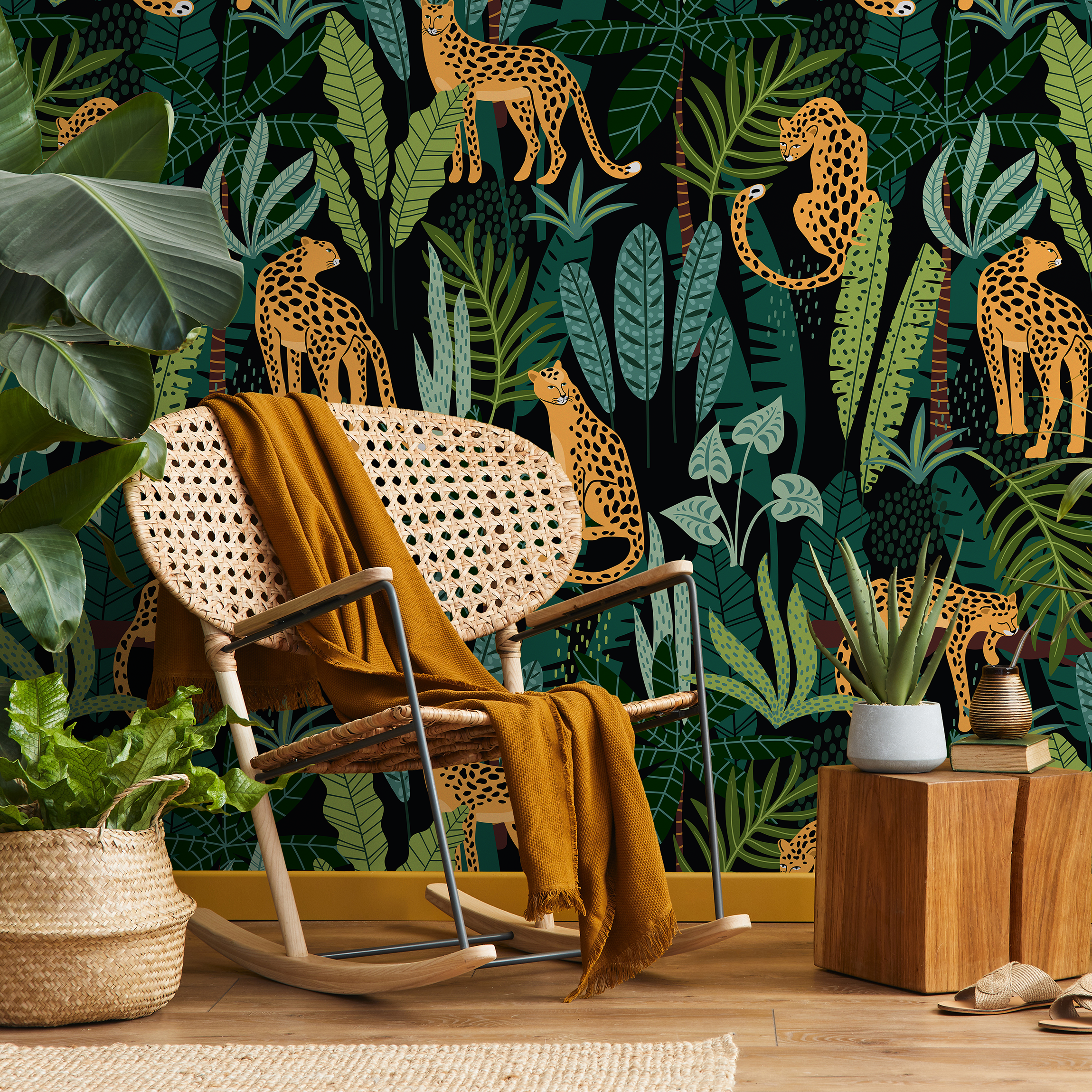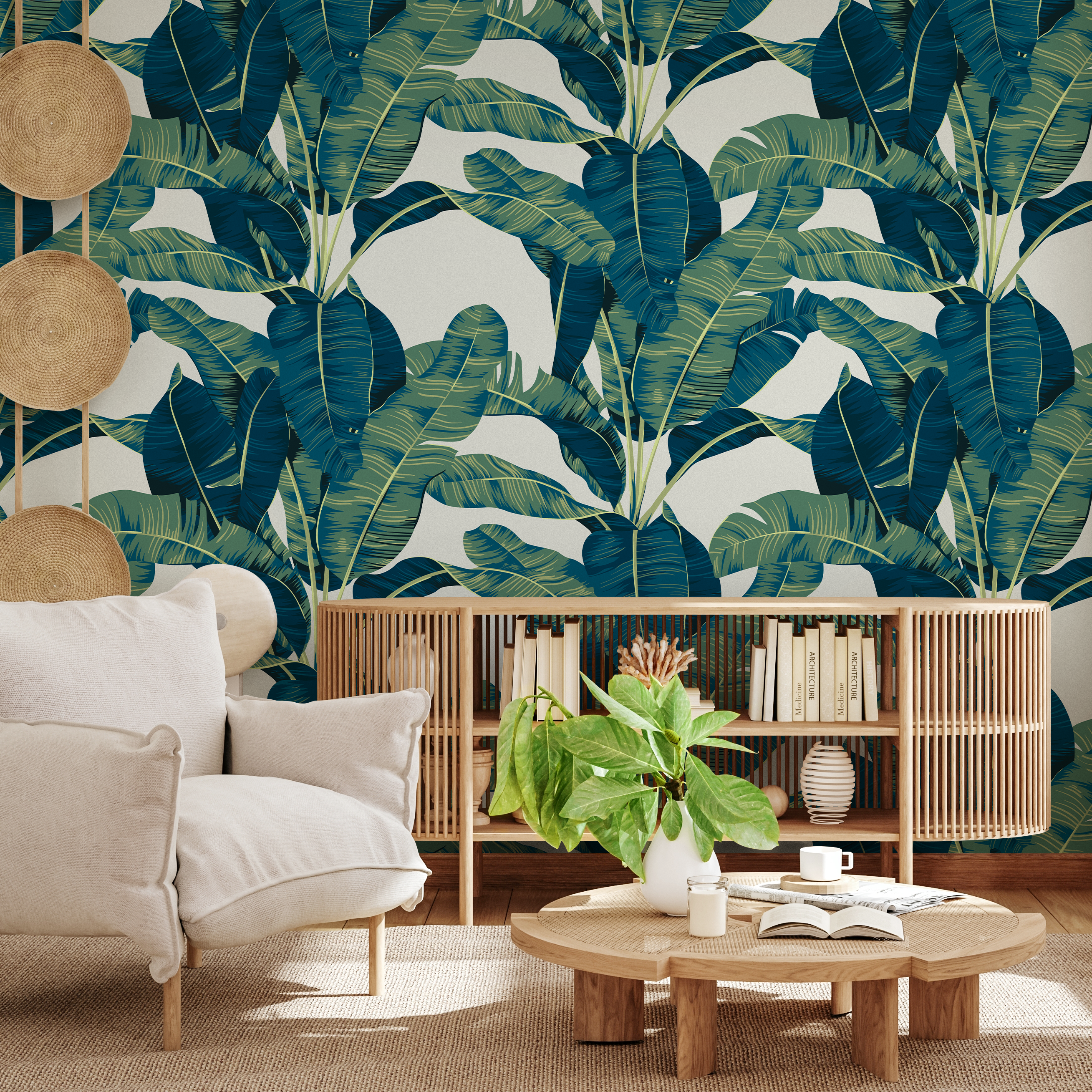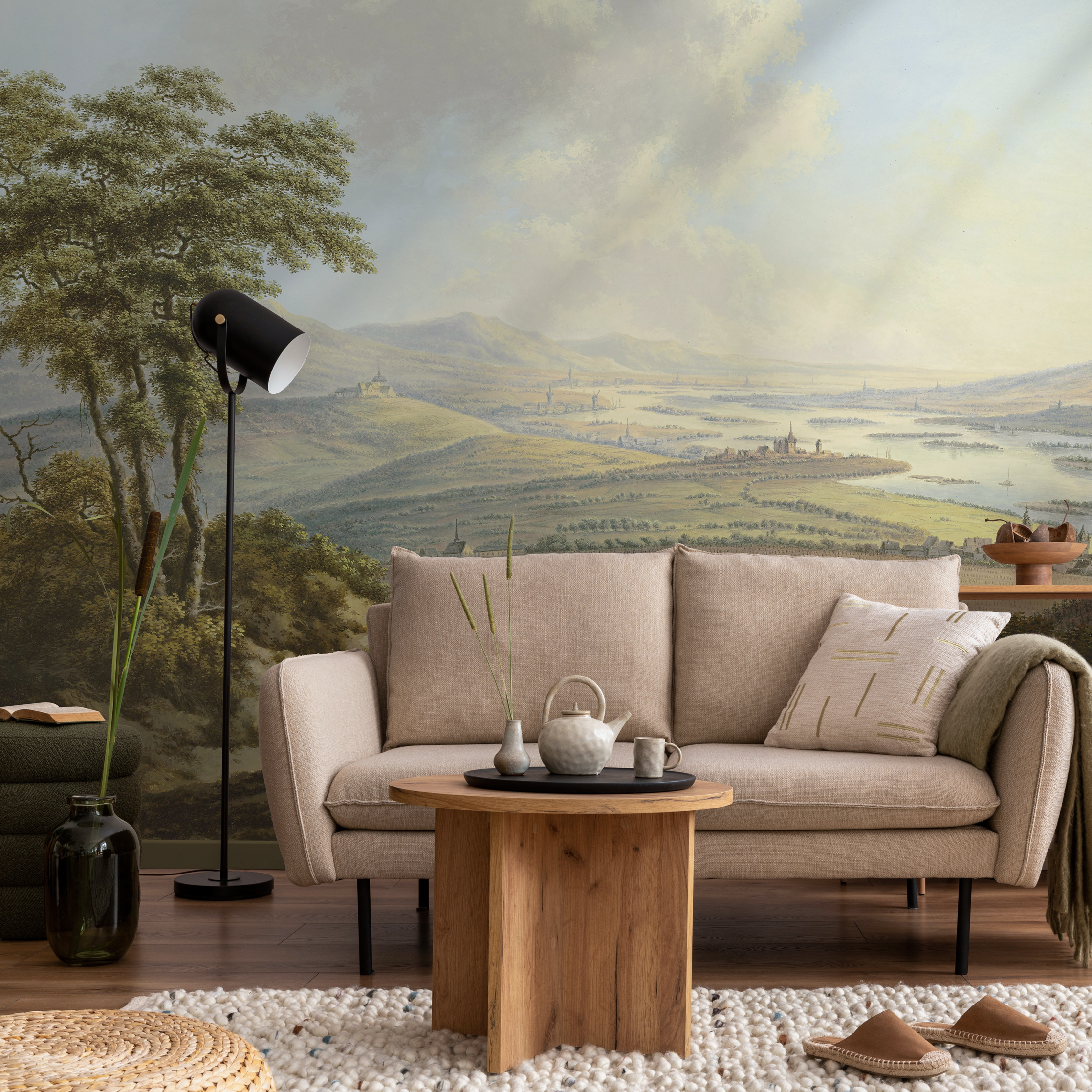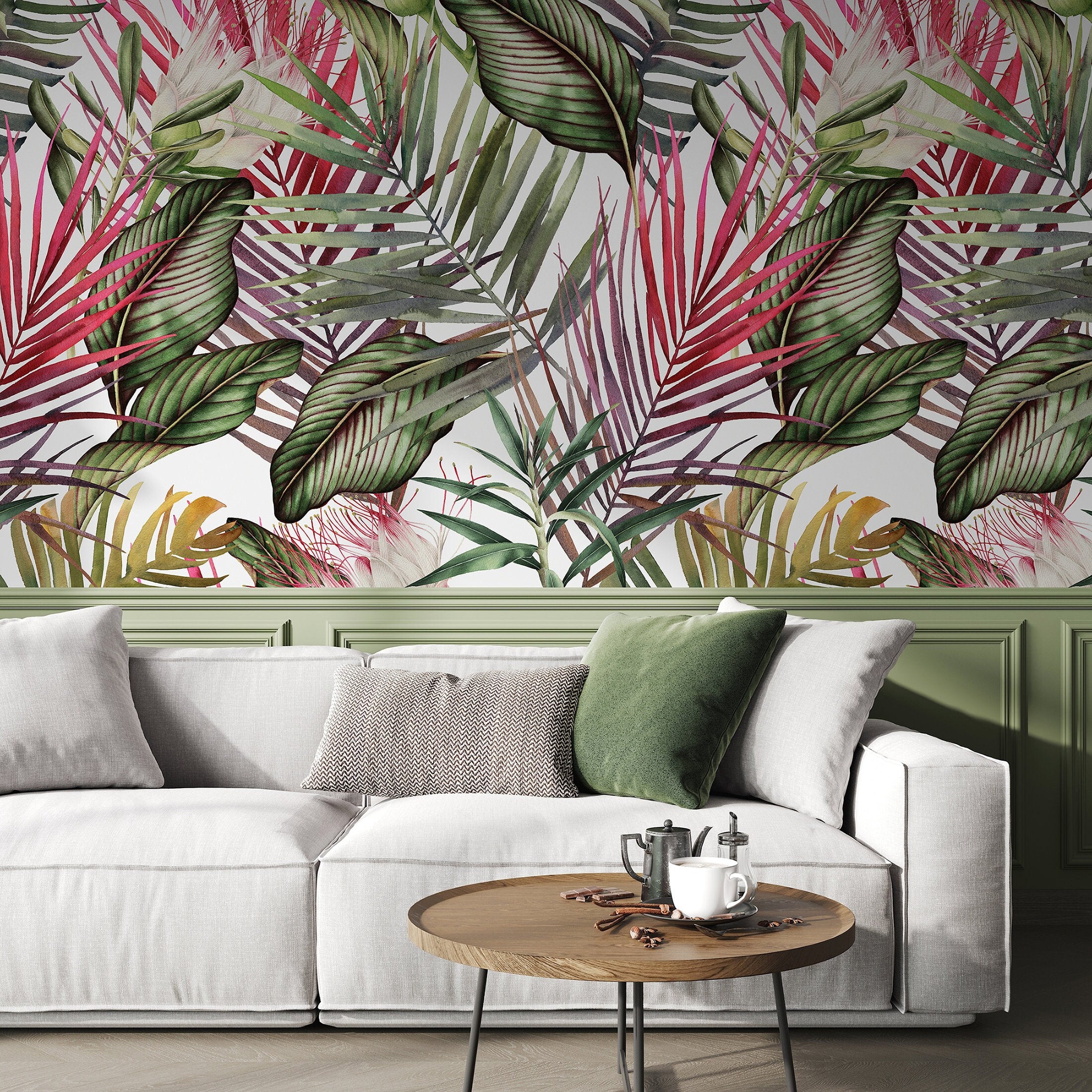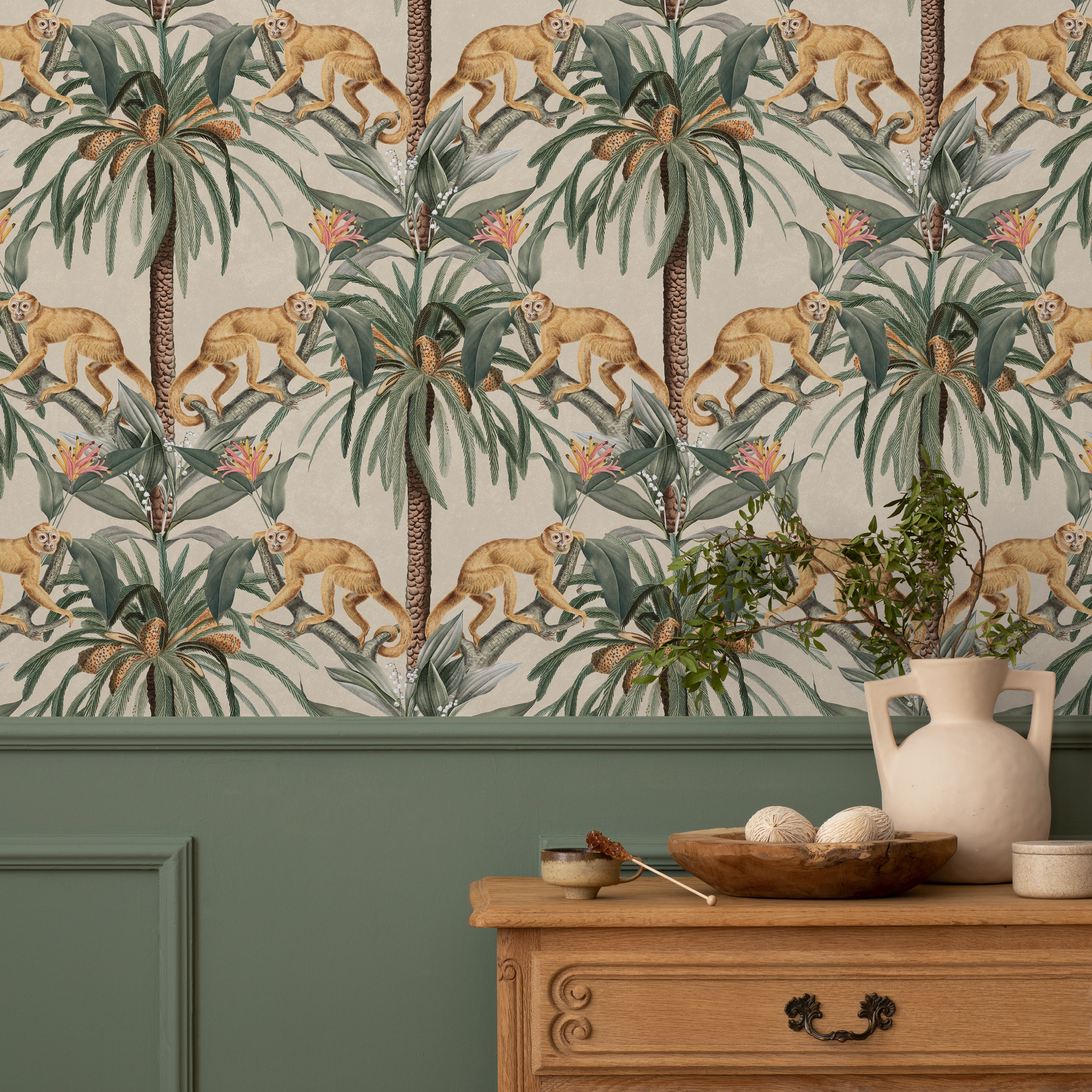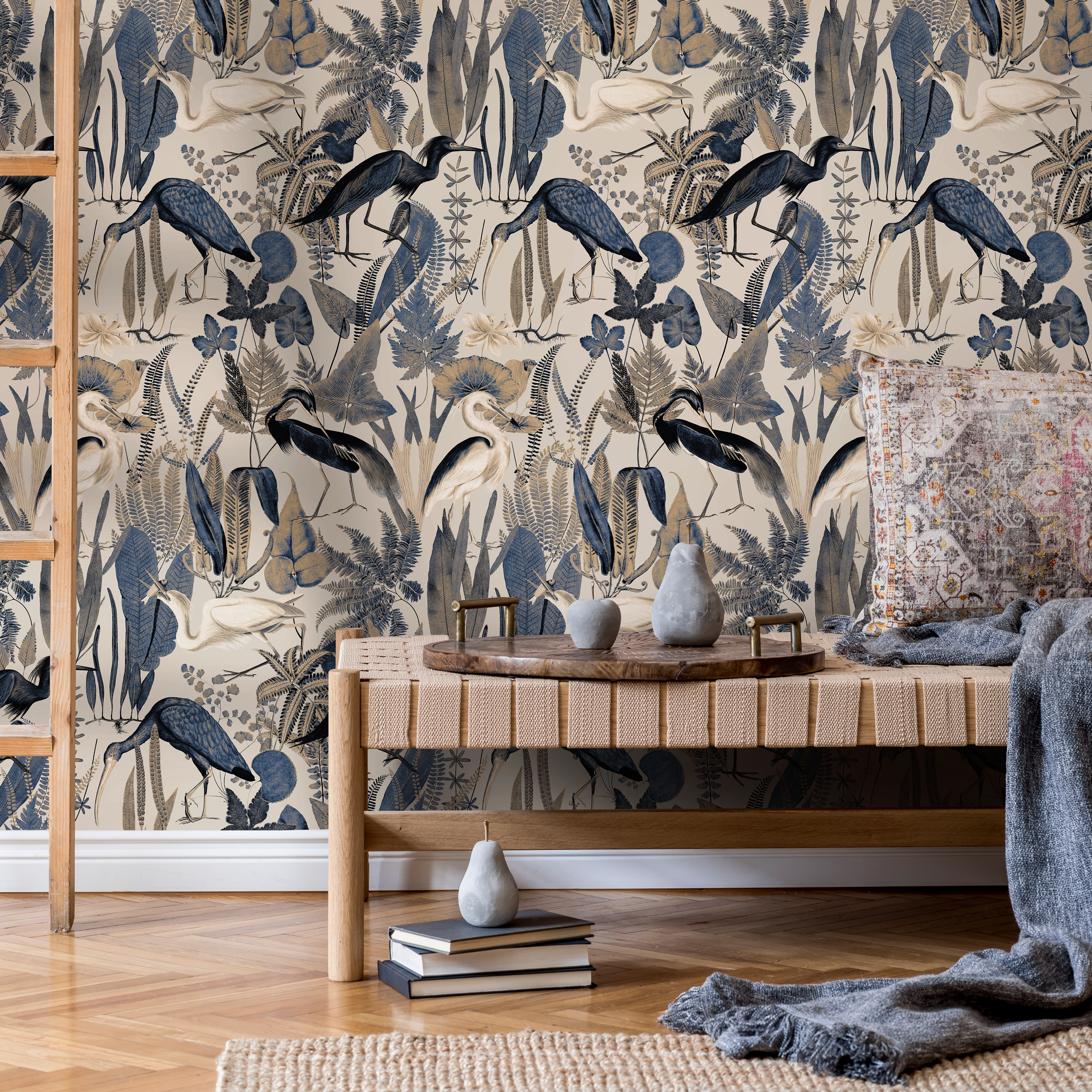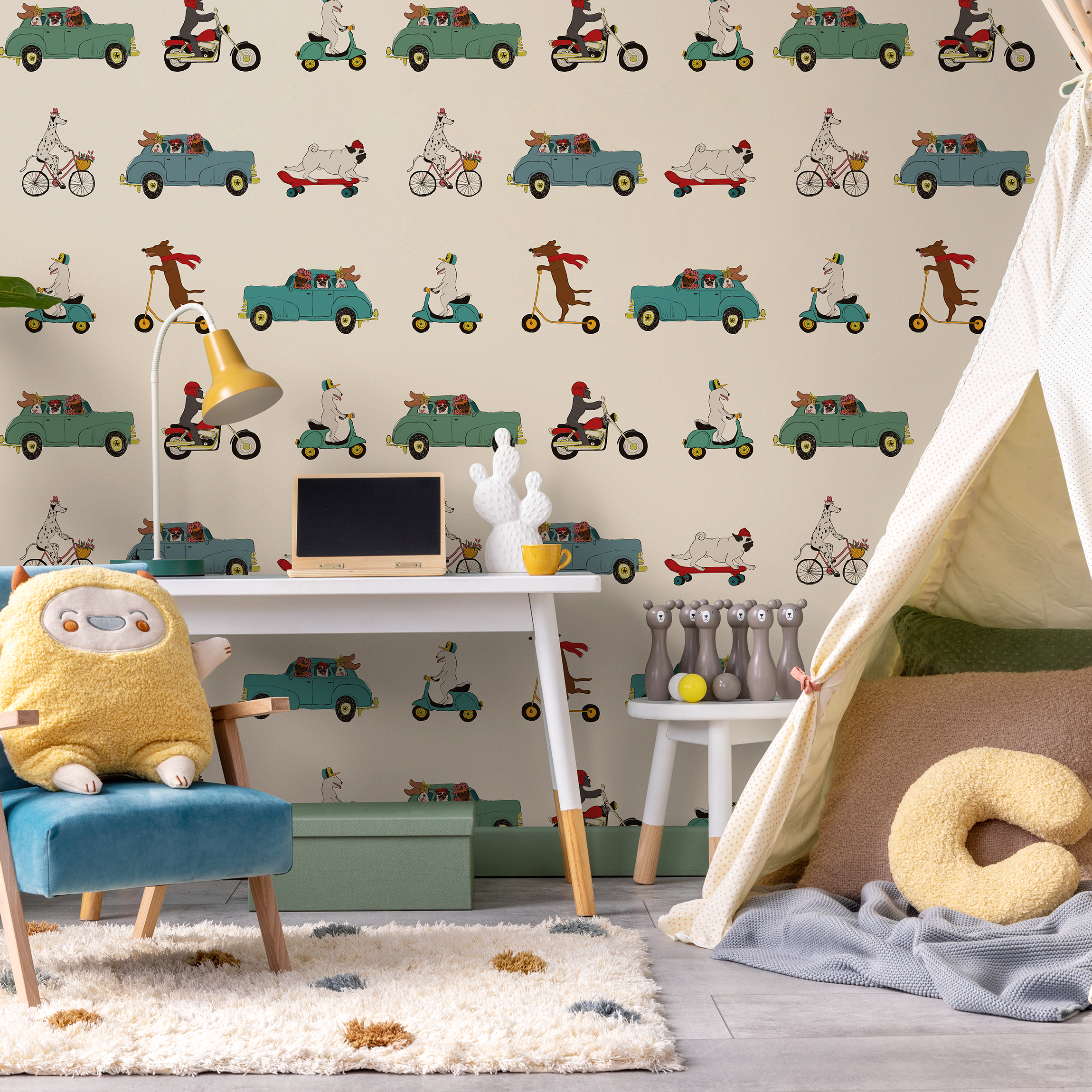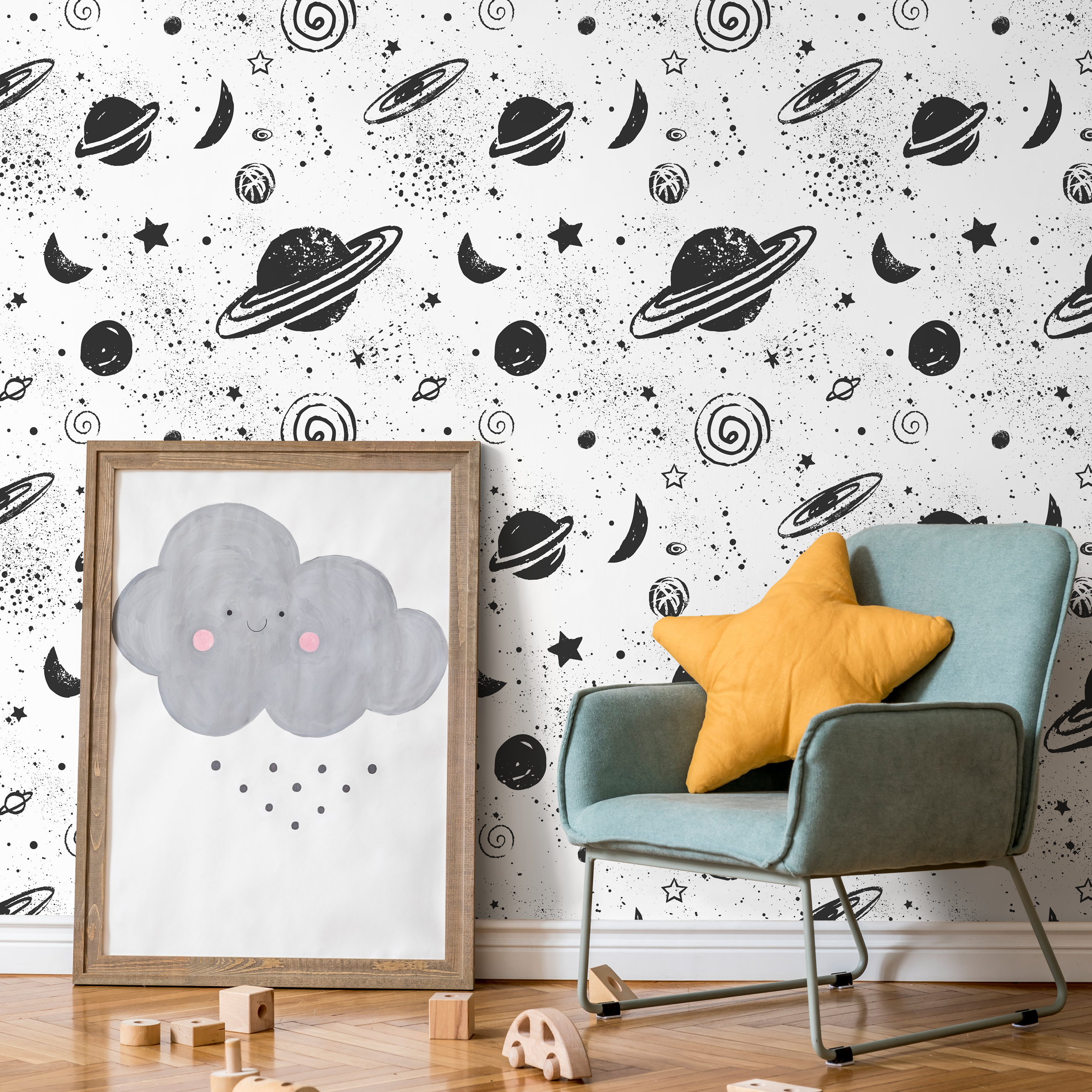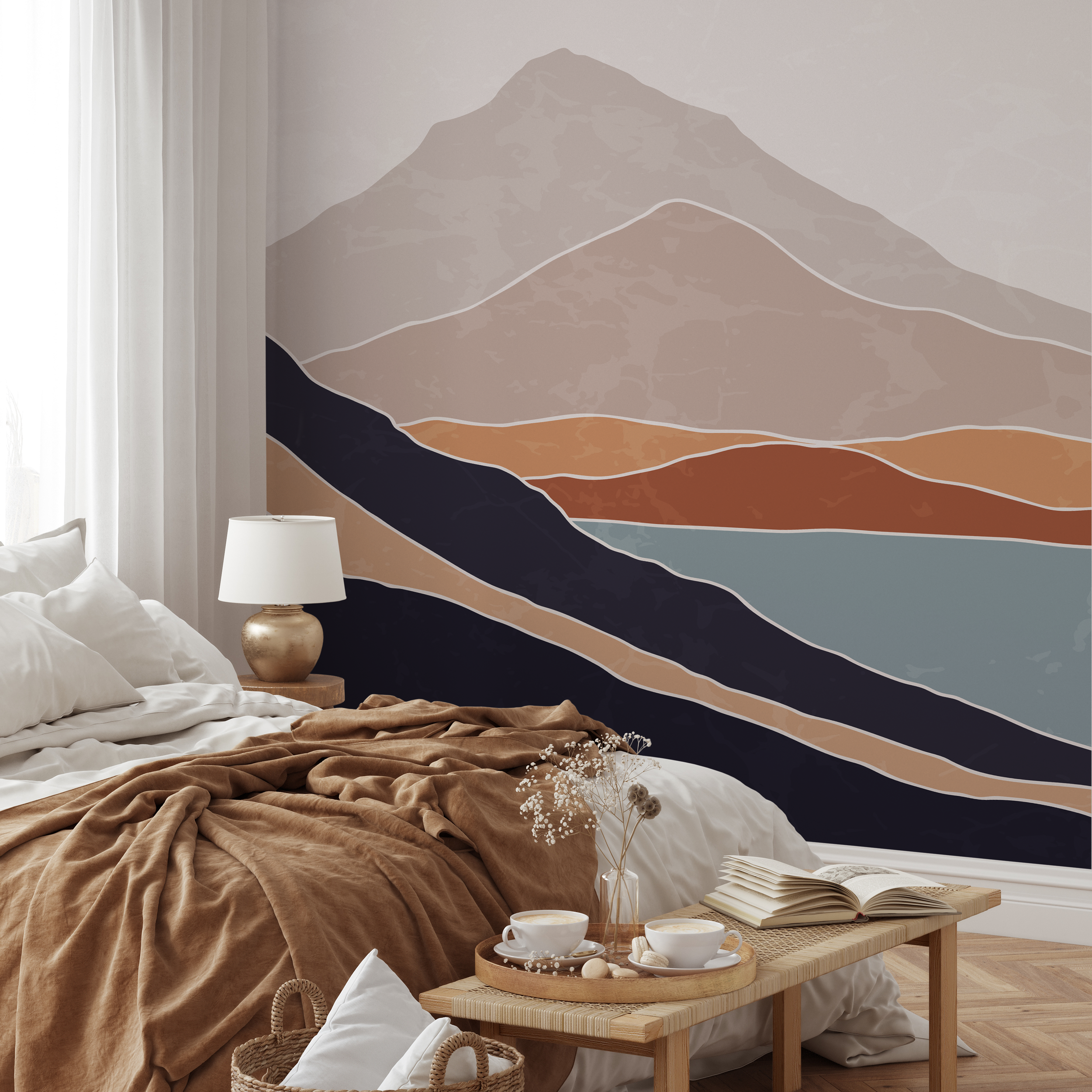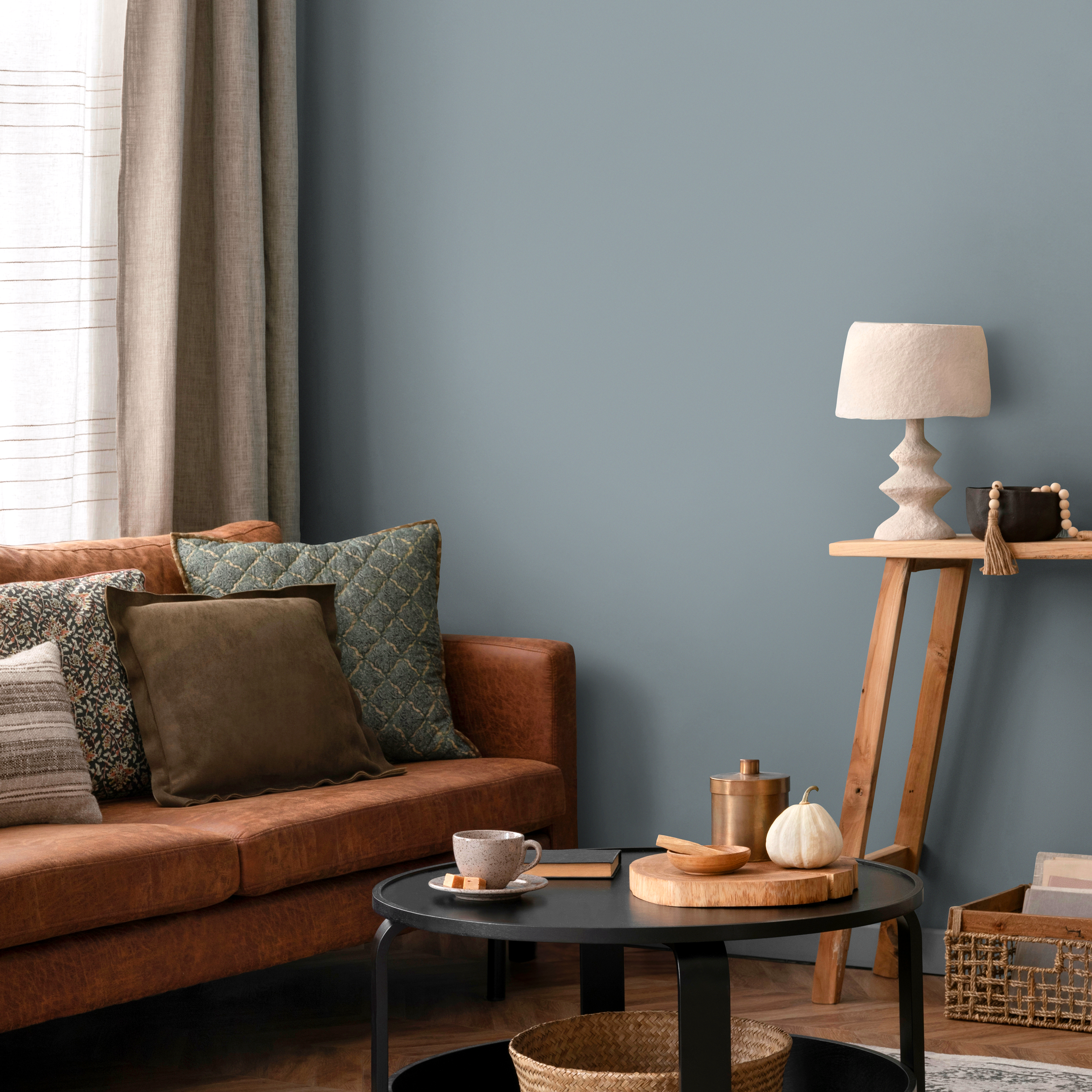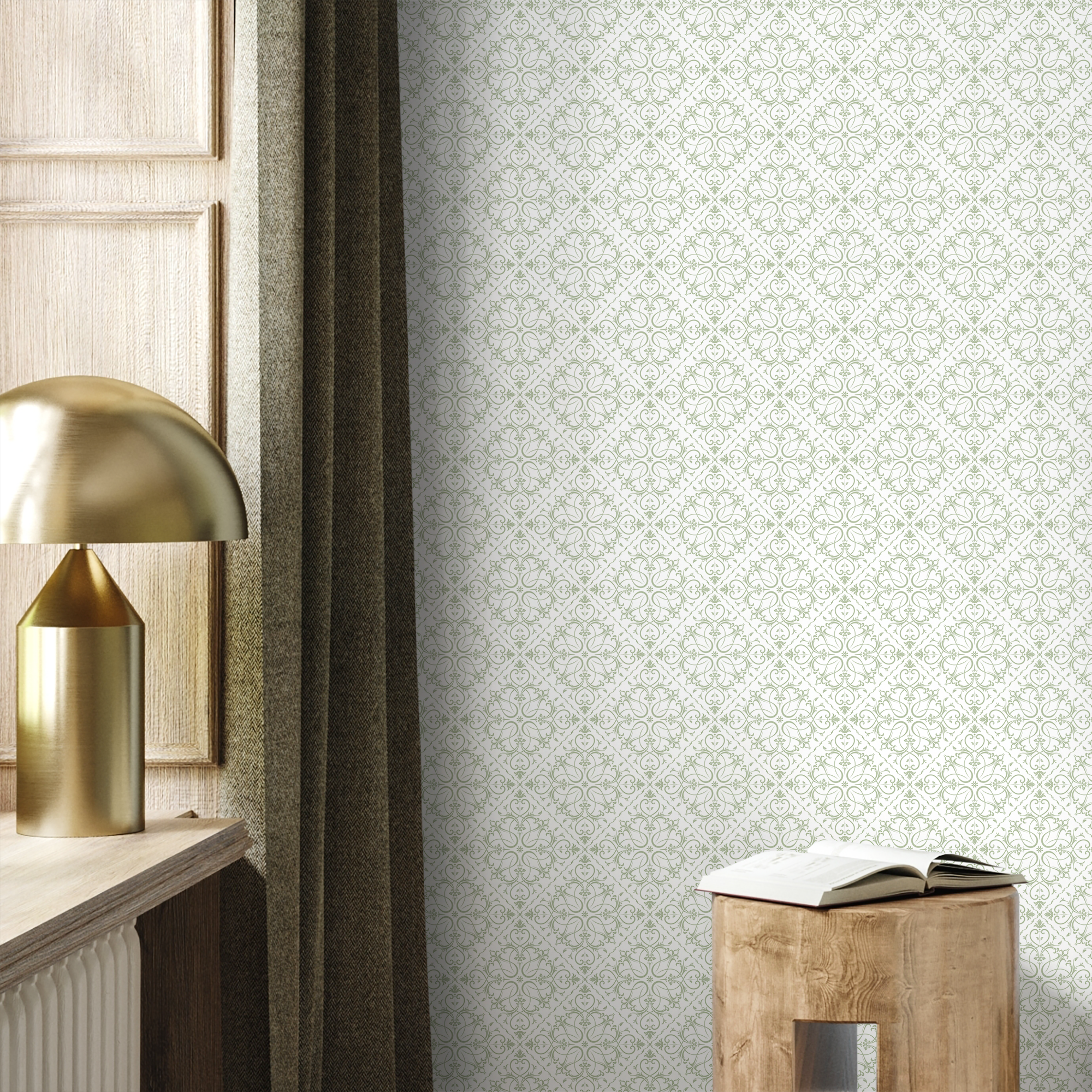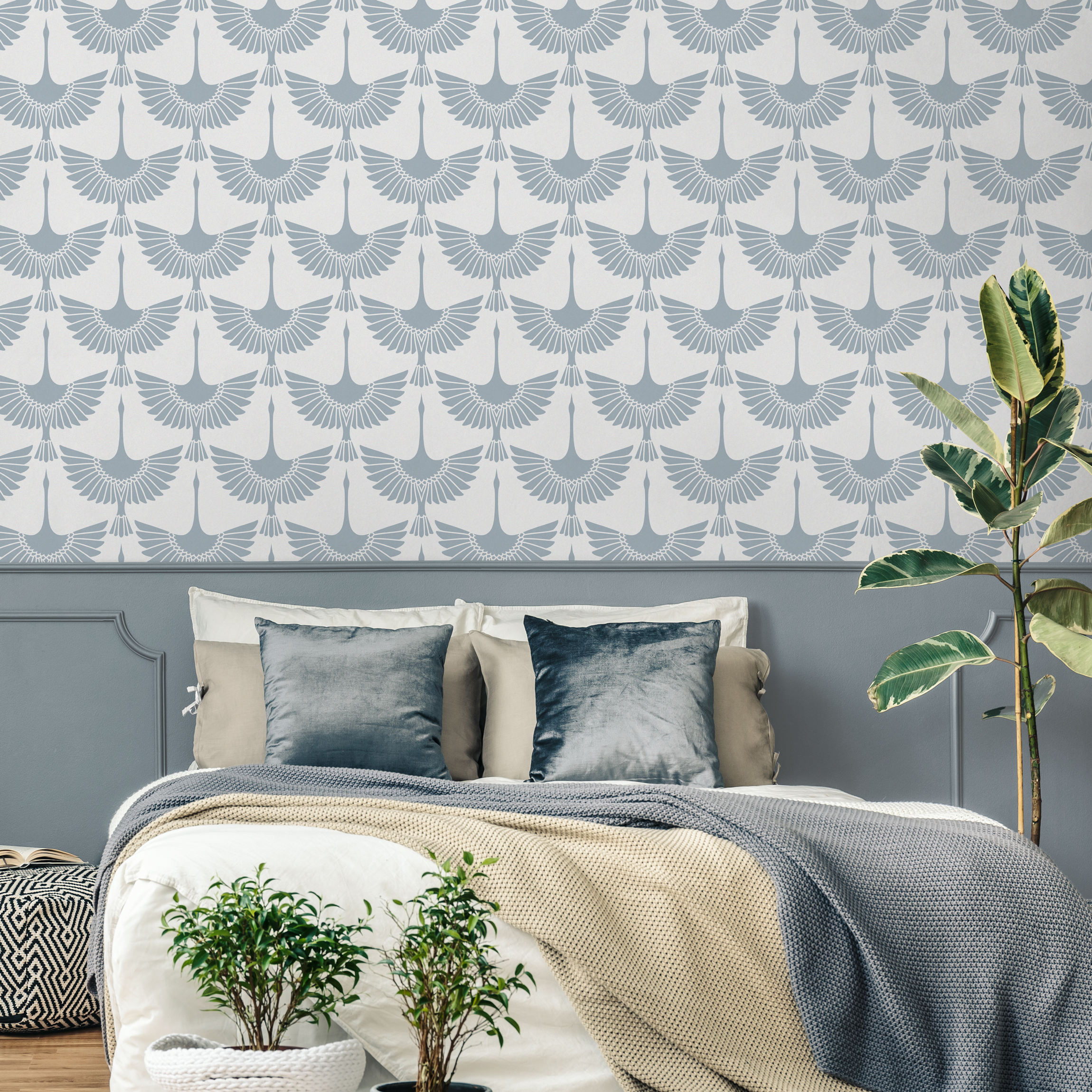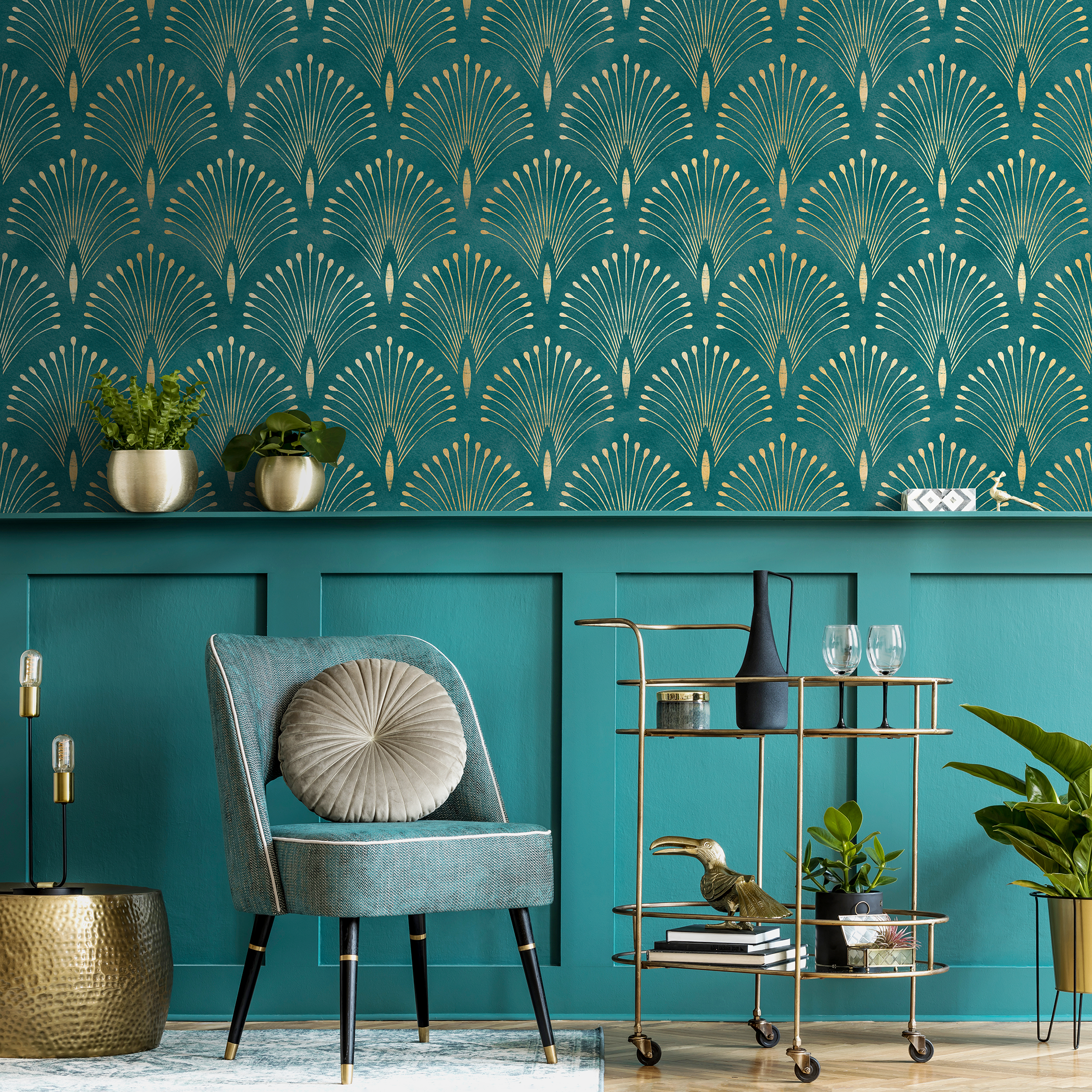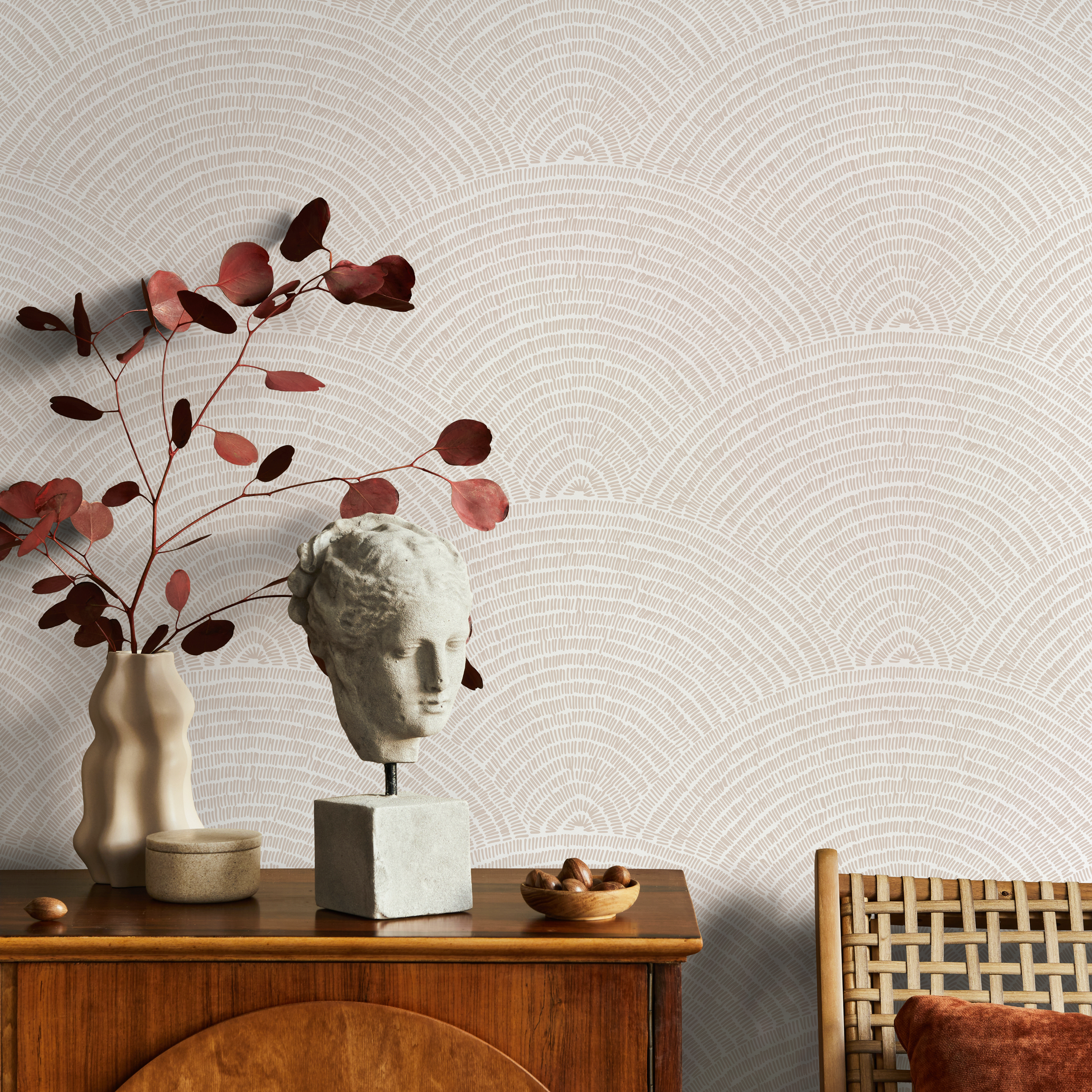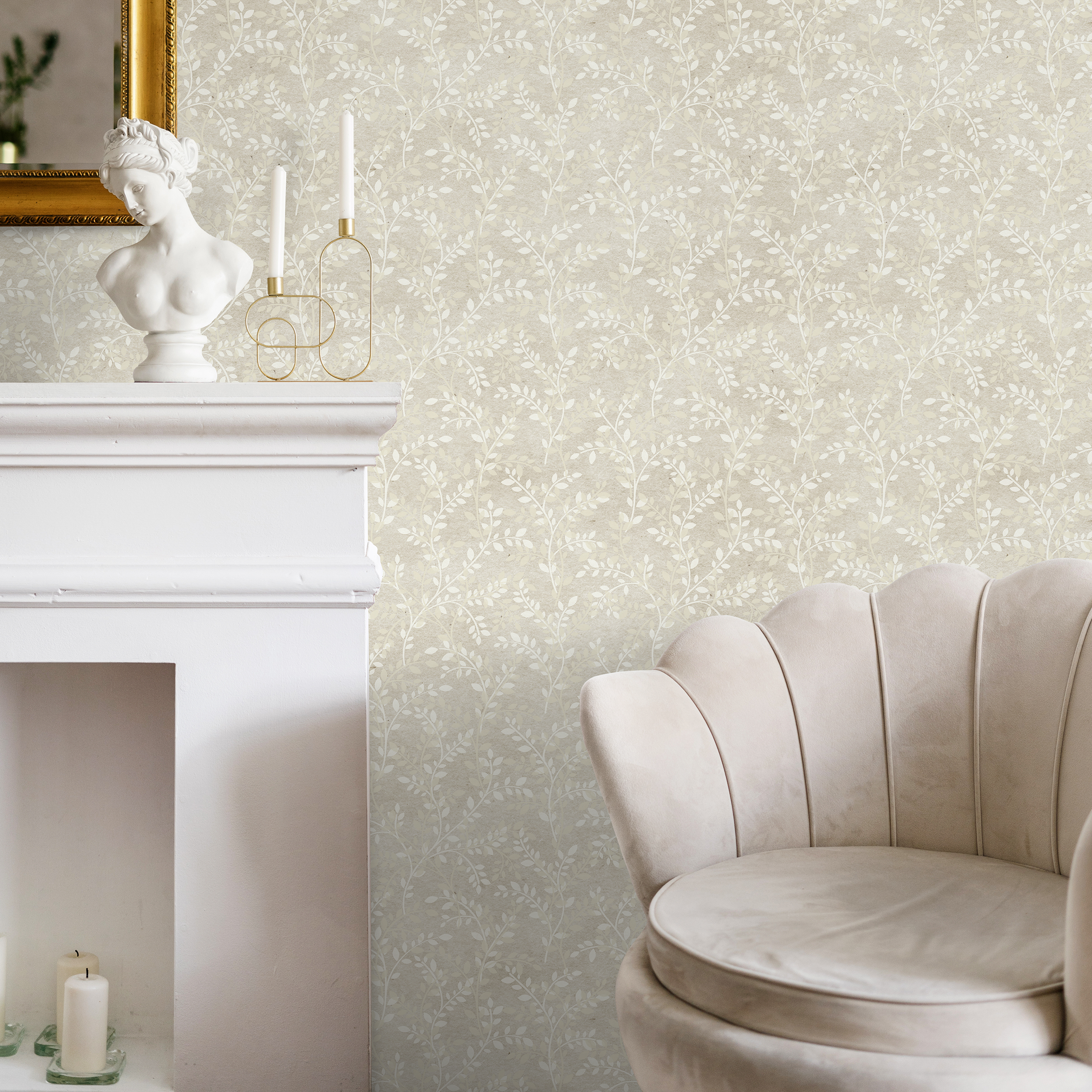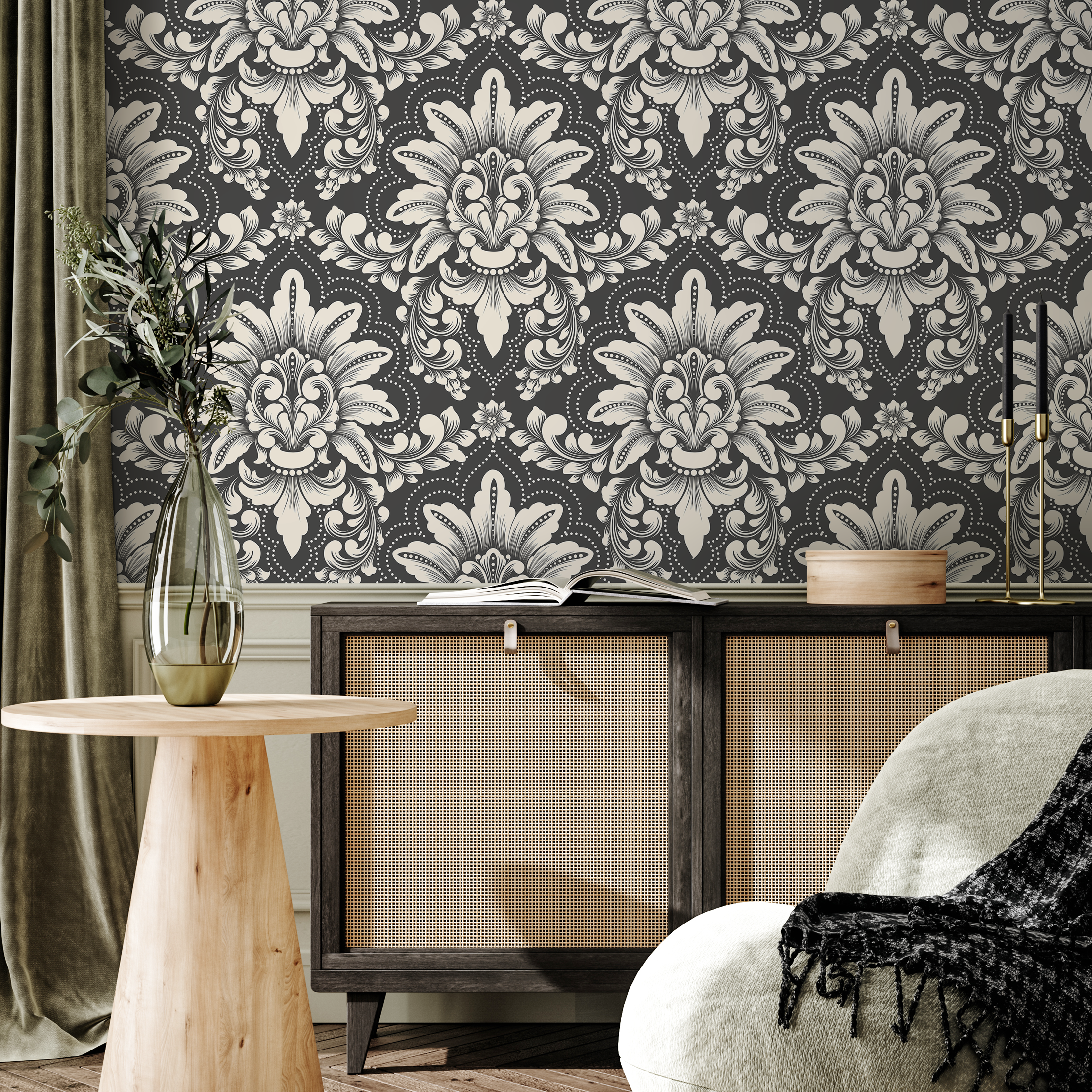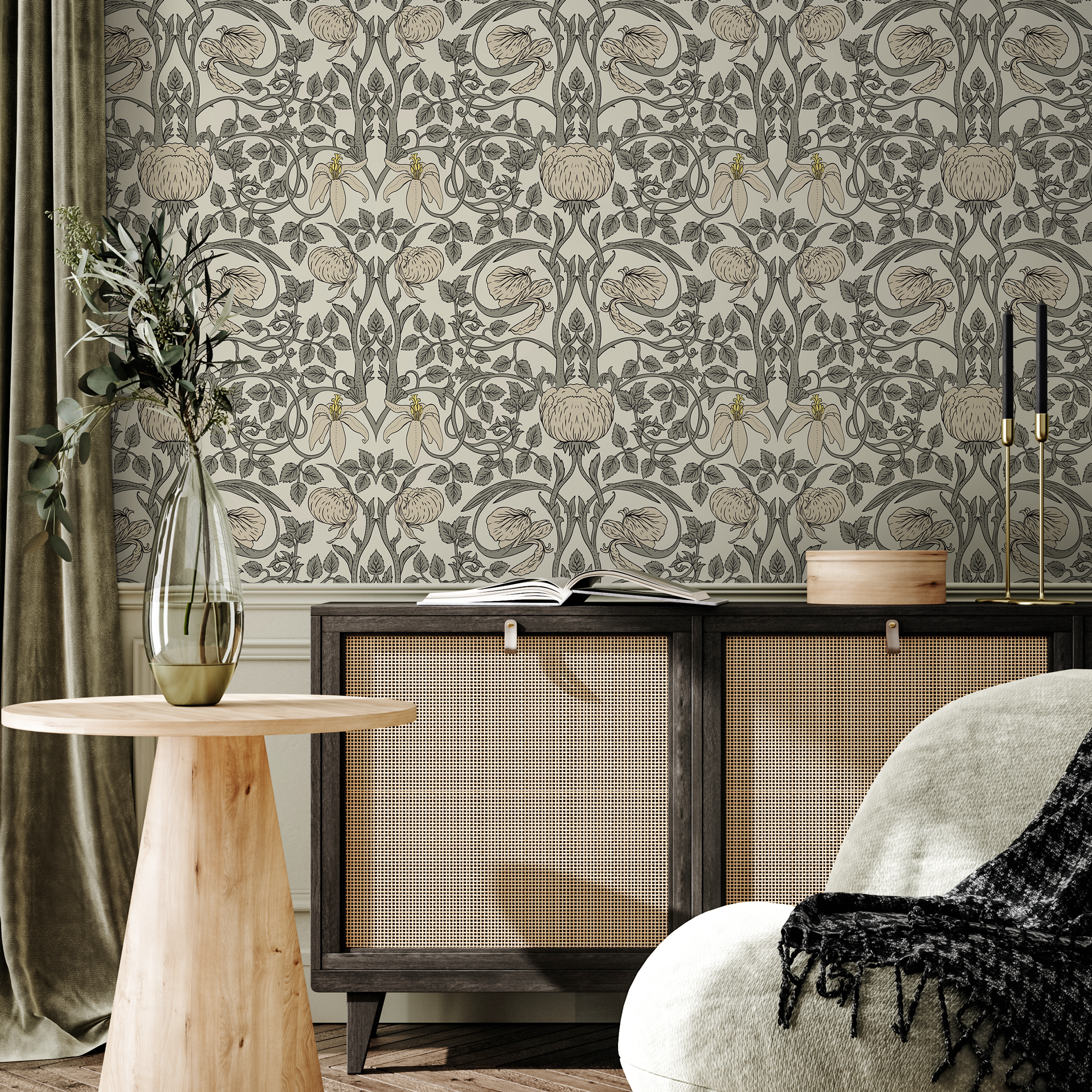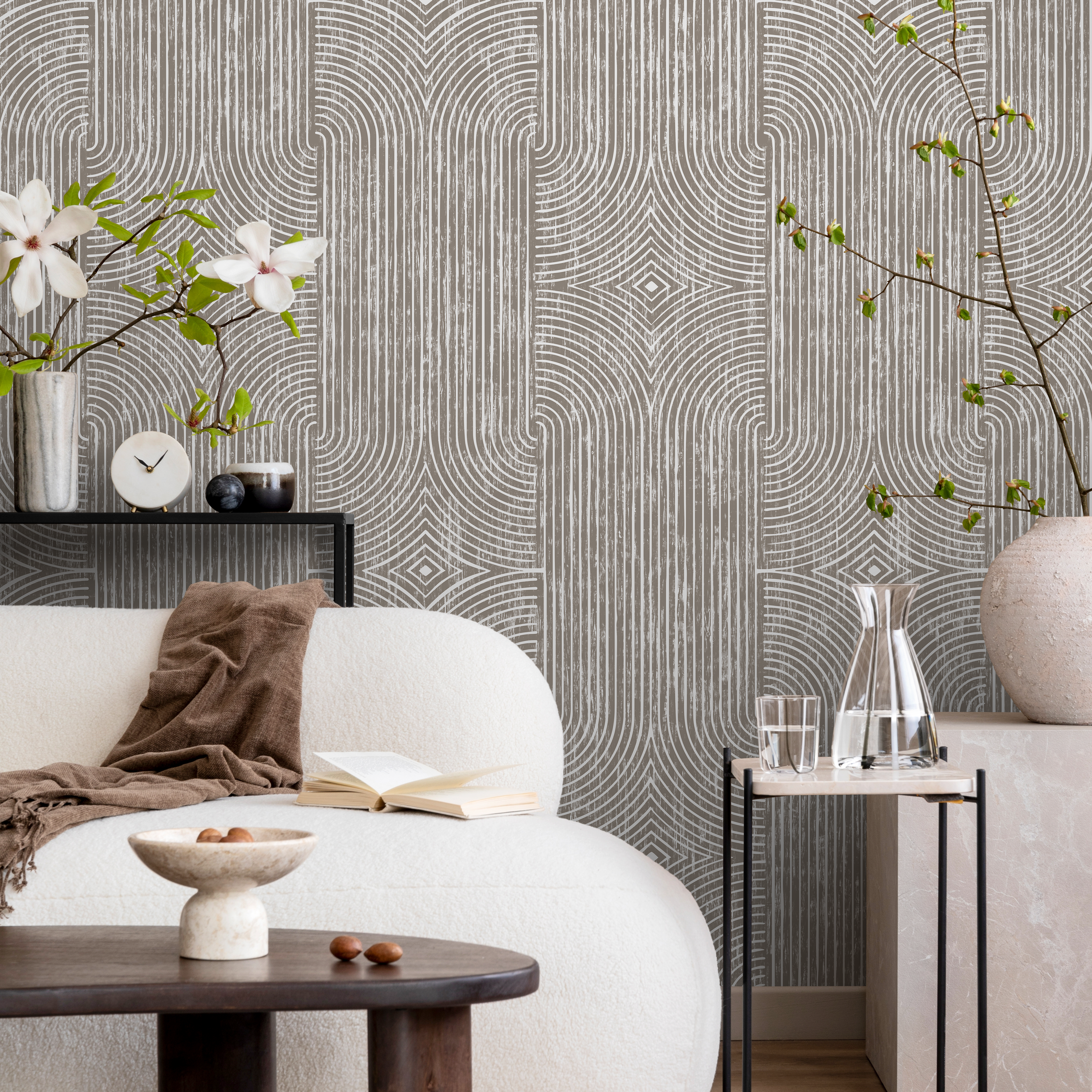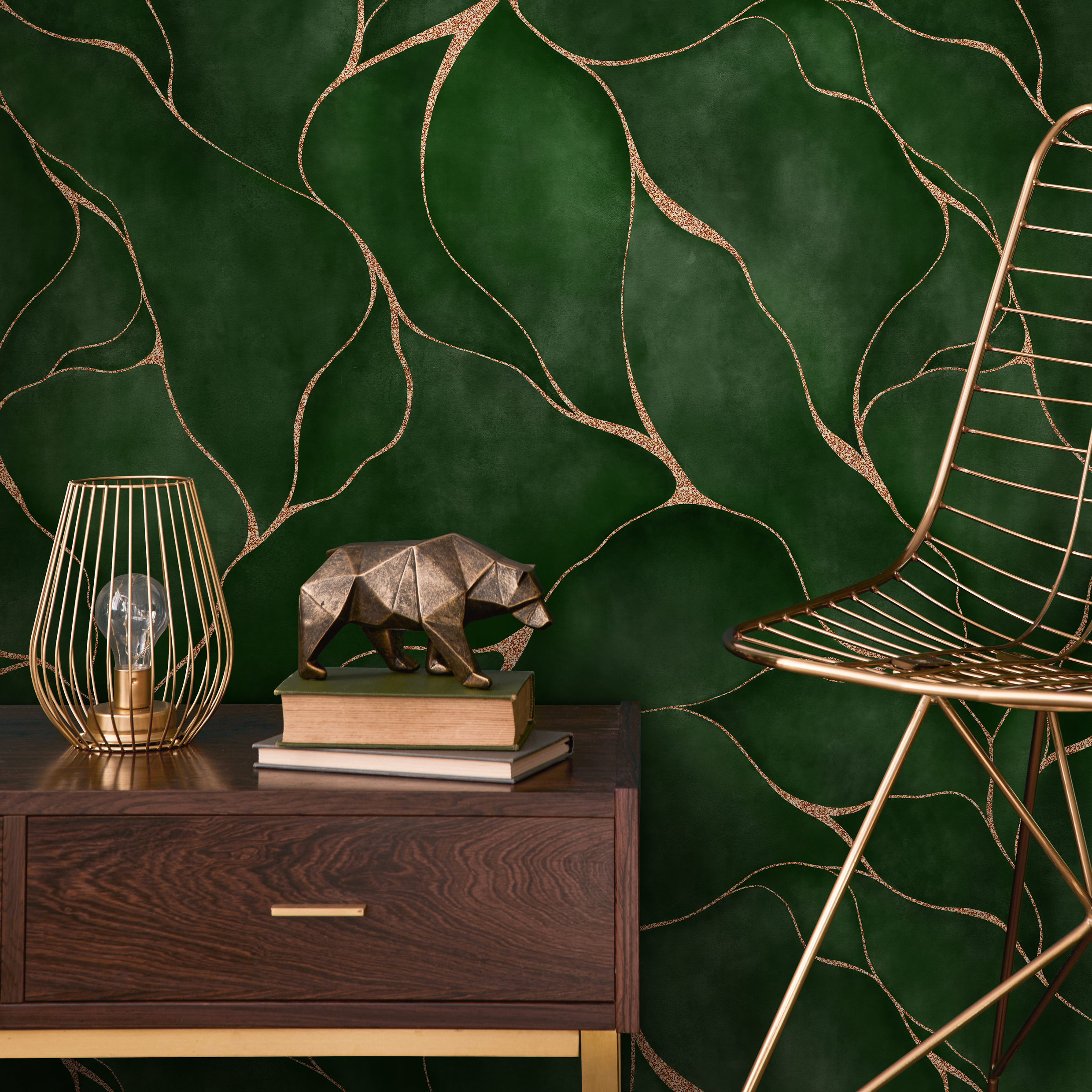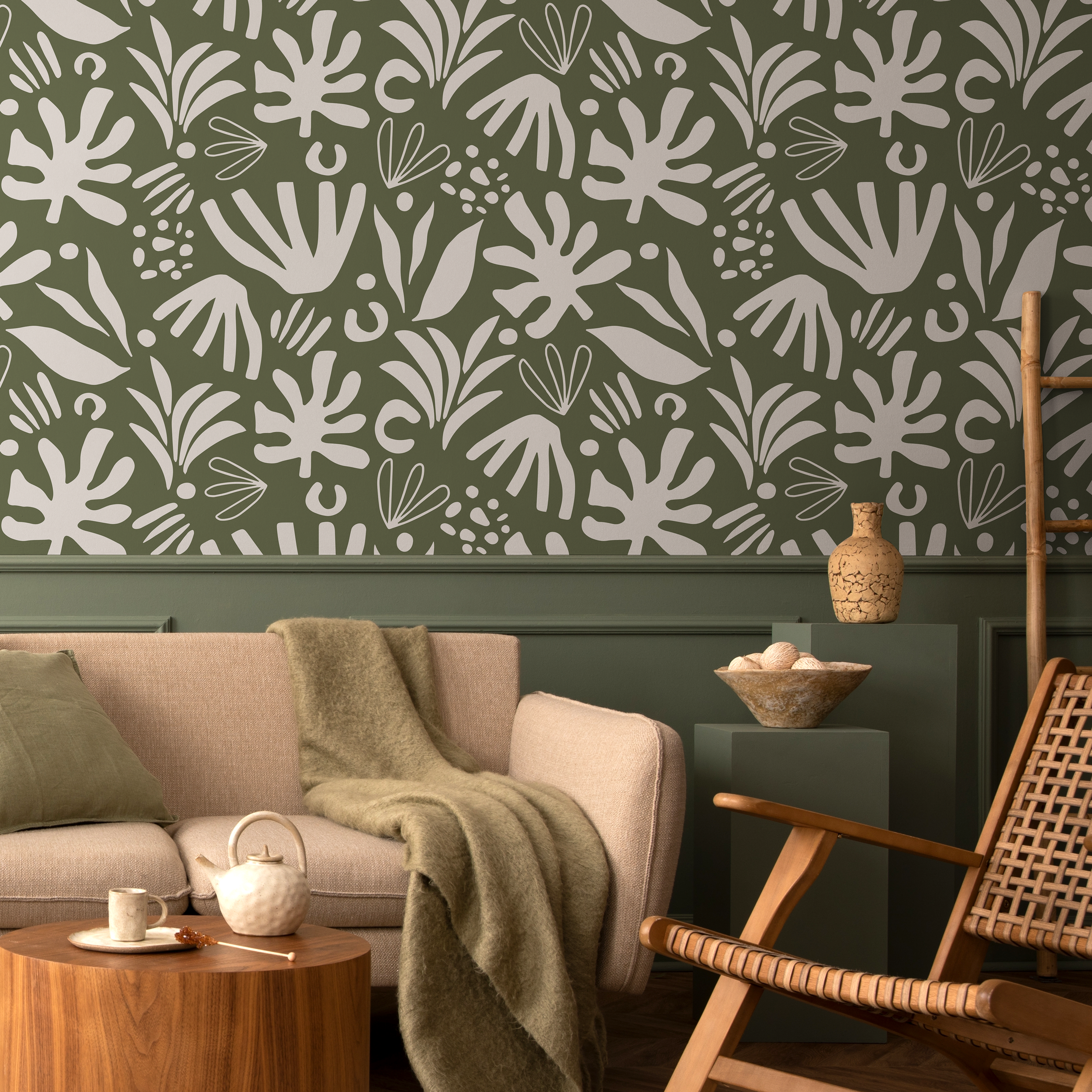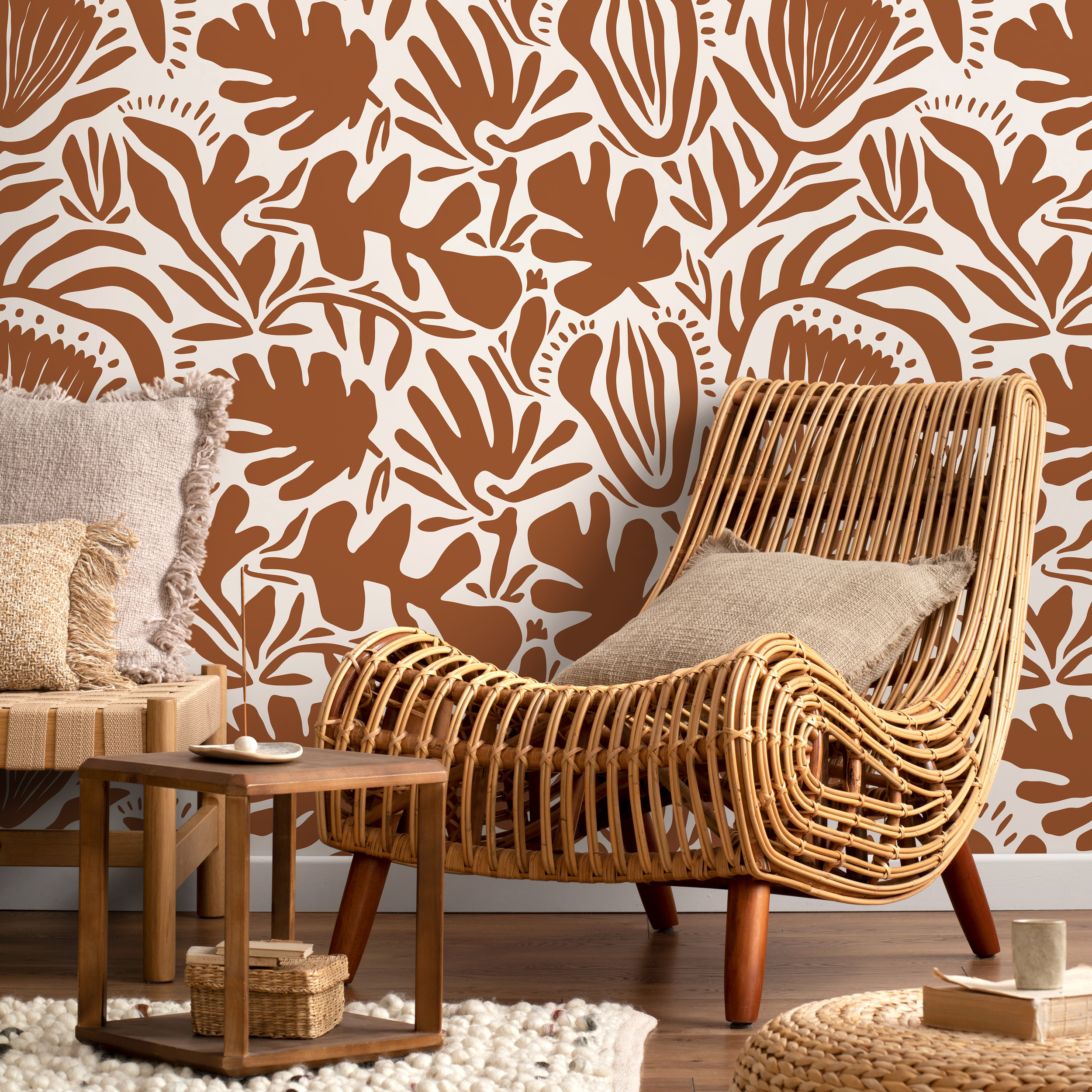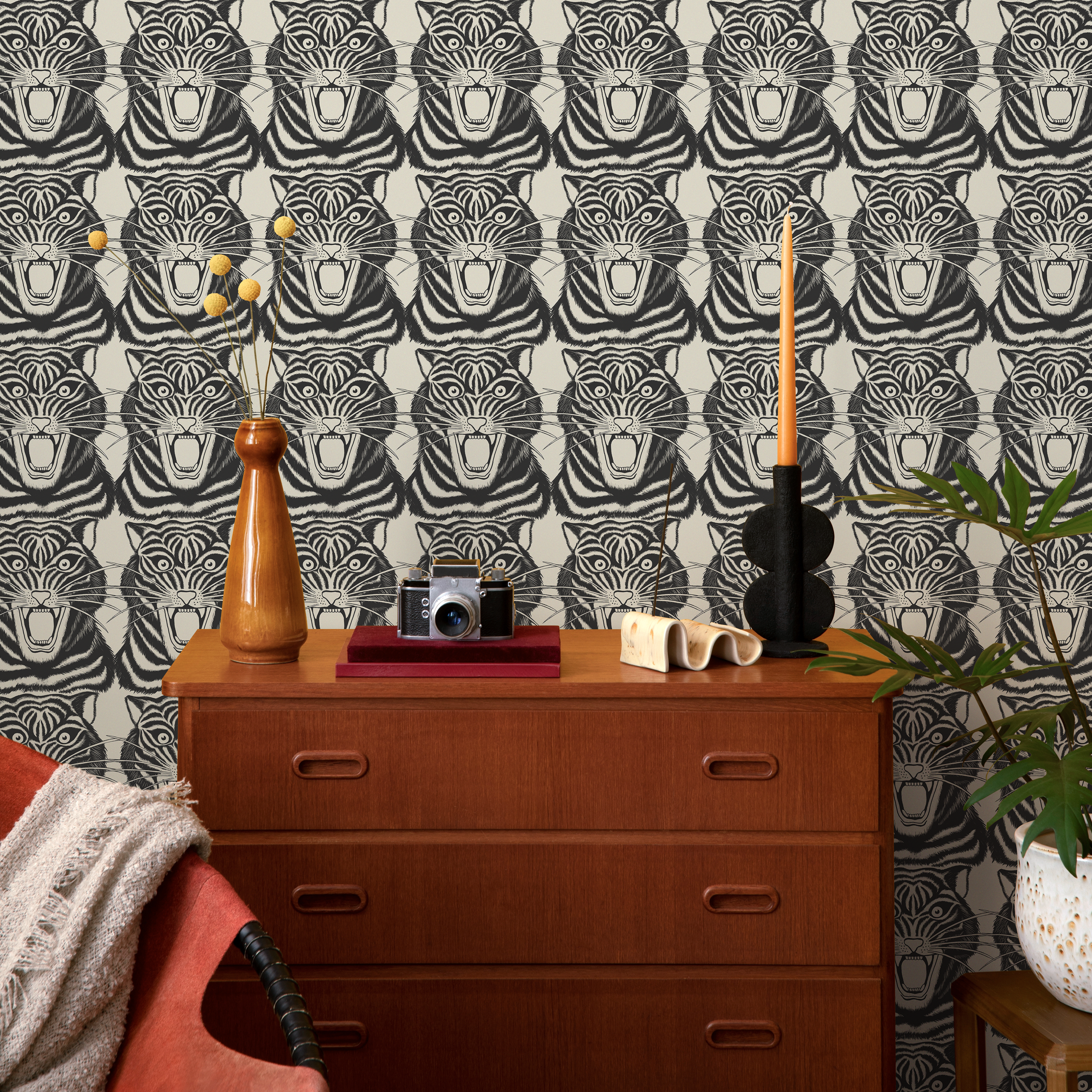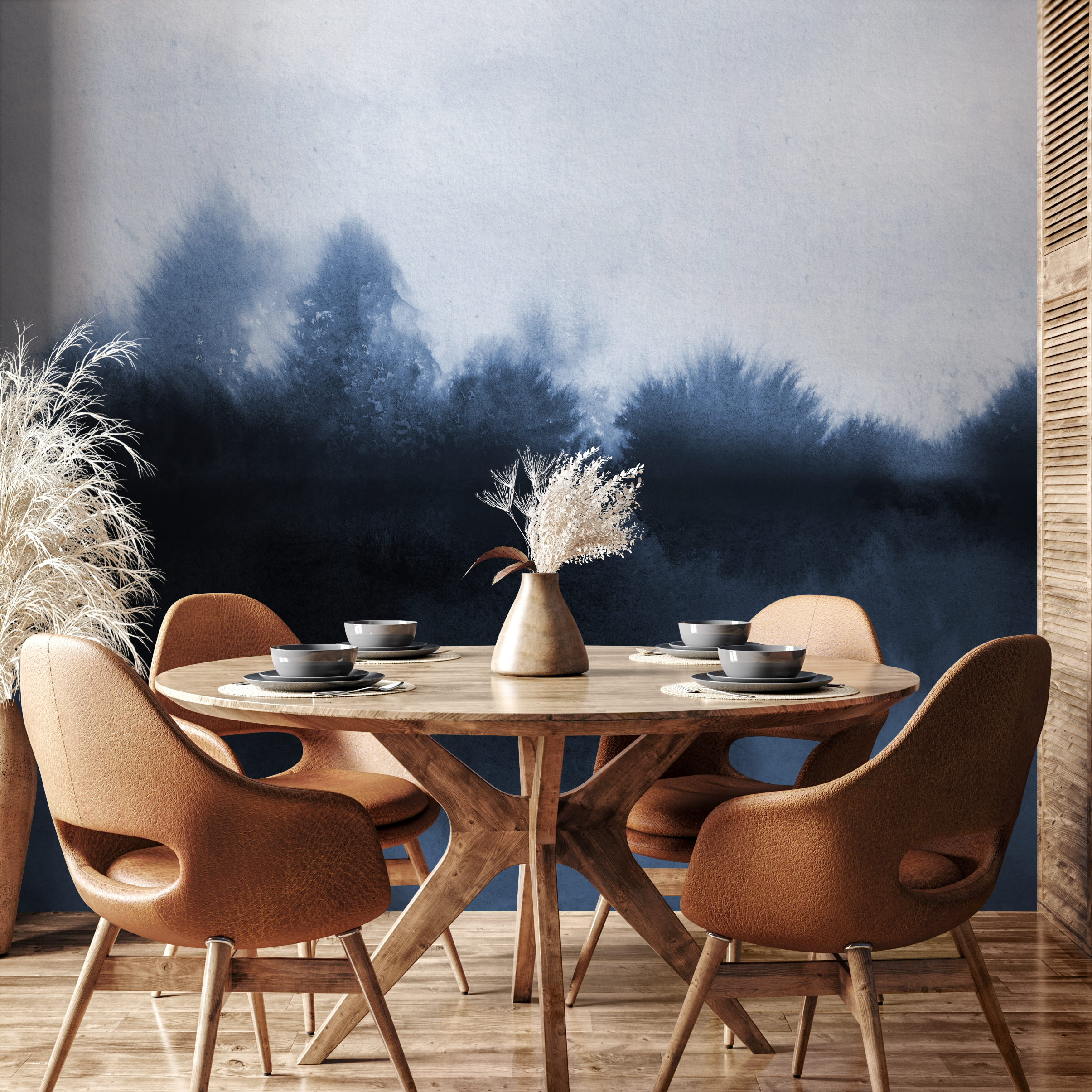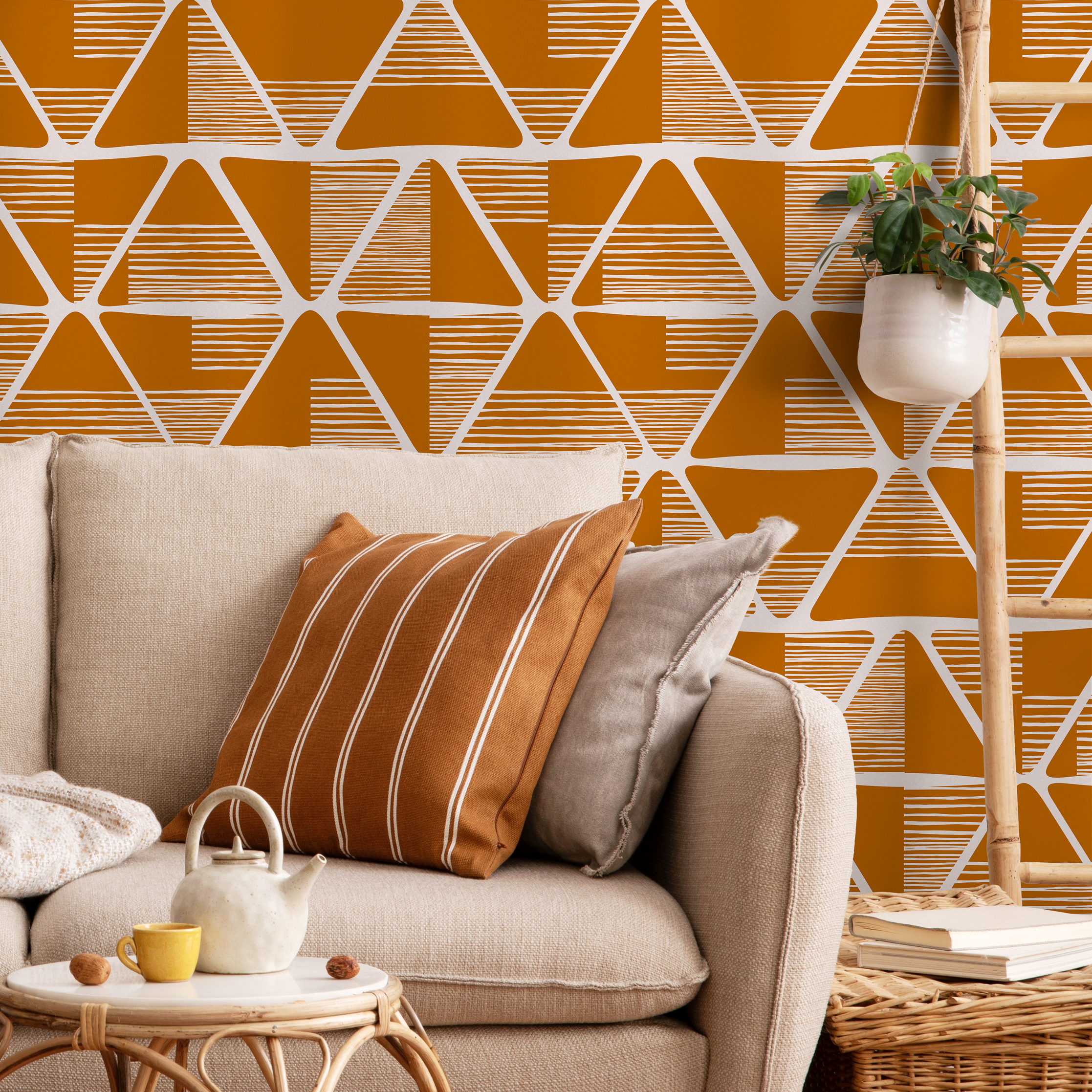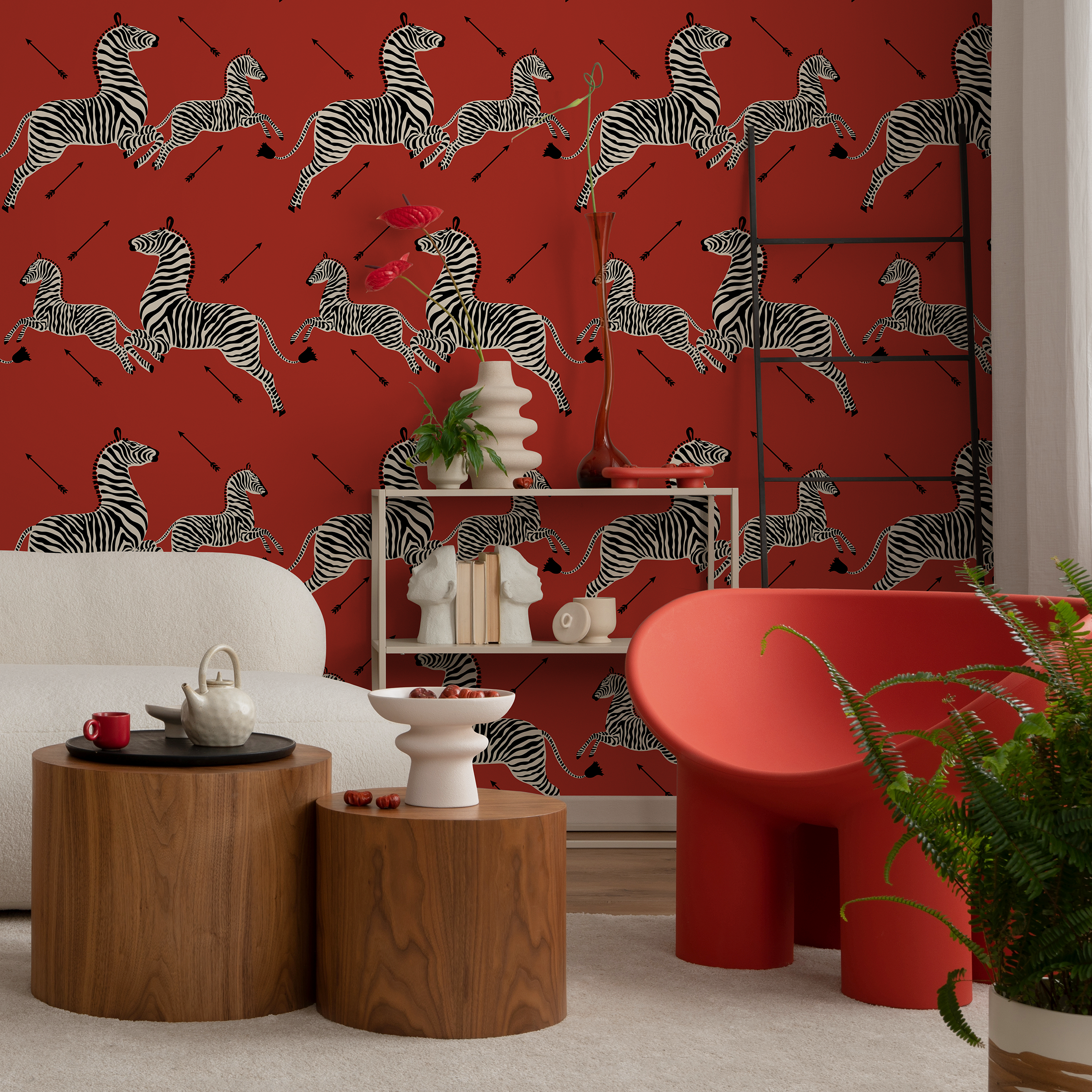Transform Your Walls: Discover How Lining Paper Can Smooth Textured Wallpaper!
Introduction: The Challenge of Textured Wallpaper
When it comes to home decor, every detail matters, and your walls are no exception. Wallpaper can serve as a canvas for your creativity, allowing you to express your unique style and taste. However, the challenge arises when you're dealing with textured walls. Wallpapering over textured walls is a common dilemma faced by many homeowners, and you might be asking: Can you put lining paper over textured wallpaper?
If you're eager to smooth out those bumpy surfaces and create a polished, professional look with your chosen wallpaper, you're in the right place. This article will provide you with expert tips and advice on how to transform your textured walls, ensuring a perfect finish every time. So, let's delve into the world of wallpapers and discover how lining paper can become your secret weapon for dealing with textured walls.
Understanding Textured Wallpaper
What is Textured Wallpaper?
Imagine a canvas, but instead of being smooth and flat, it has a myriad of bumps, ridges, and indentations. That's what textured wallpaper brings to your home - a unique, tactile element that adds depth and dimension to your walls. This type of wallpaper is designed with a variety of surface patterns and materials, which can range from delicate embossing to bold three-dimensional effects.
Textured wallpaper can be an excellent choice for hiding minor wall imperfections, adding a layer of soundproofing, or simply introducing an interesting visual and tactile element to your space. These wallpapers come in a variety of designs, mimicking everything from weathered wood and exposed brick to intricate geometric patterns and soft floral motifs.
Why is Textured Wallpaper a Challenge?
While textured wallpaper can be an exciting addition to your home decor, it can present certain challenges when it comes to installation or redecoration. Unlike smooth surfaces, textured walls have a certain degree of unevenness and roughness that can interfere with the adhesion of new wallpaper or paint.
For instance, if you were to apply wallpaper directly onto a textured wall, the uneven surface could result in an unattractive, bumpy appearance. This is especially noticeable with thinner wallpapers or those with a shiny finish, as they tend to highlight the underlying texture rather than conceal it.
Another challenge arises when you wish to change your decor. Removing wallpaper from a textured wall can be a tricky process, and you may find that the wall's texture becomes even more pronounced after removal.
That's where lining paper comes in. By creating a smooth surface on top of the textured wall, lining paper allows you to apply new wallpaper or paint with ease, resulting in a professional, polished finish. So, if you're ready to tackle the challenge of textured wallpaper, keep reading to discover just how transformative lining paper can be.
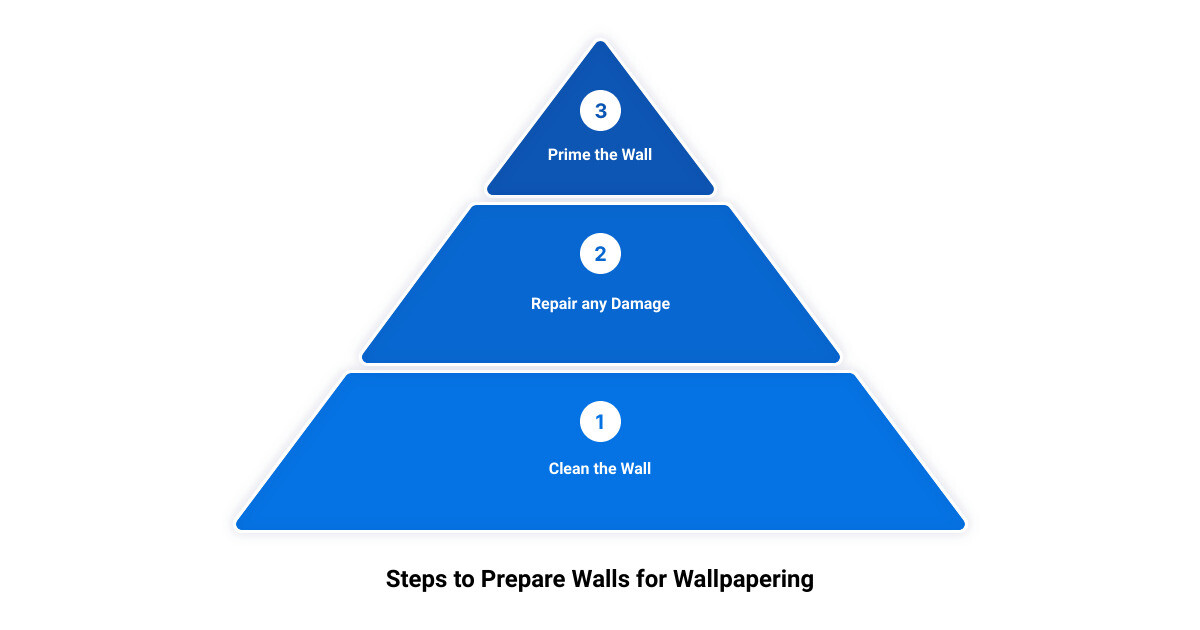
Preparing Your Walls: The Key to Successful Wallpapering
Transforming a textured wall into a beautifully wallpapered masterpiece is no small task. The secret to a successful transformation lies not just in the wallpaper you choose, but more importantly, in how you prepare your walls.
Importance of Wall Preparation
Preparation is everything when it comes to wallpapering. Textured walls and wallpaper are not the best of friends. Wallpapering directly over textured walls can result in an unattractive, bumpy finish. But fear not - there are some steps you can take to make your textured wall smooth, creating a perfect canvas for your new wallpaper.
The most popular method is to skim the wall with a joint compound. This process fills in the unevenness in the wall, creating a smooth surface for your wallpaper to adhere to. Depending on the condition of the wall, you may need to prep it before skimming it. For example, you might need to scrape off nail pops and other protrusions with a putty knife to make the skimming process easier. A sealer might also be applied to the wall so that the joint compound can more easily adhere.
Another method, which we'll discuss in more detail later, involves applying lining paper to the wall. This is an excellent alternative for those who might not feel comfortable skimming their walls or want to avoid the mess that comes with it.
Tools and Materials Needed for Wall Preparation
To prepare your walls for wallpapering, you'll need a few essential tools and materials. If you're planning to skim your walls, you'll need a joint compound, a trowel or a roller, and plenty of patience. For those who opt to use lining paper, you'll need the paper itself, a paste to adhere it, and tools such as a brush, squeegee, razor, putty knife, or straight edge.
Before you start, remember to protect your floor with a tarp and use painters tape to protect window and door trims. This will help ensure that your wall preparation process doesn't damage any other parts of your room.
By taking the time to properly prepare your walls, you're setting yourself up for a successful wallpapering project. Whether you choose to skim your walls or use lining paper, the key is to create a smooth, even surface where your wallpaper can shine. In the following sections, we'll guide you through these methods in more detail, so you can confidently transform your textured walls into a wallpapered work of art.
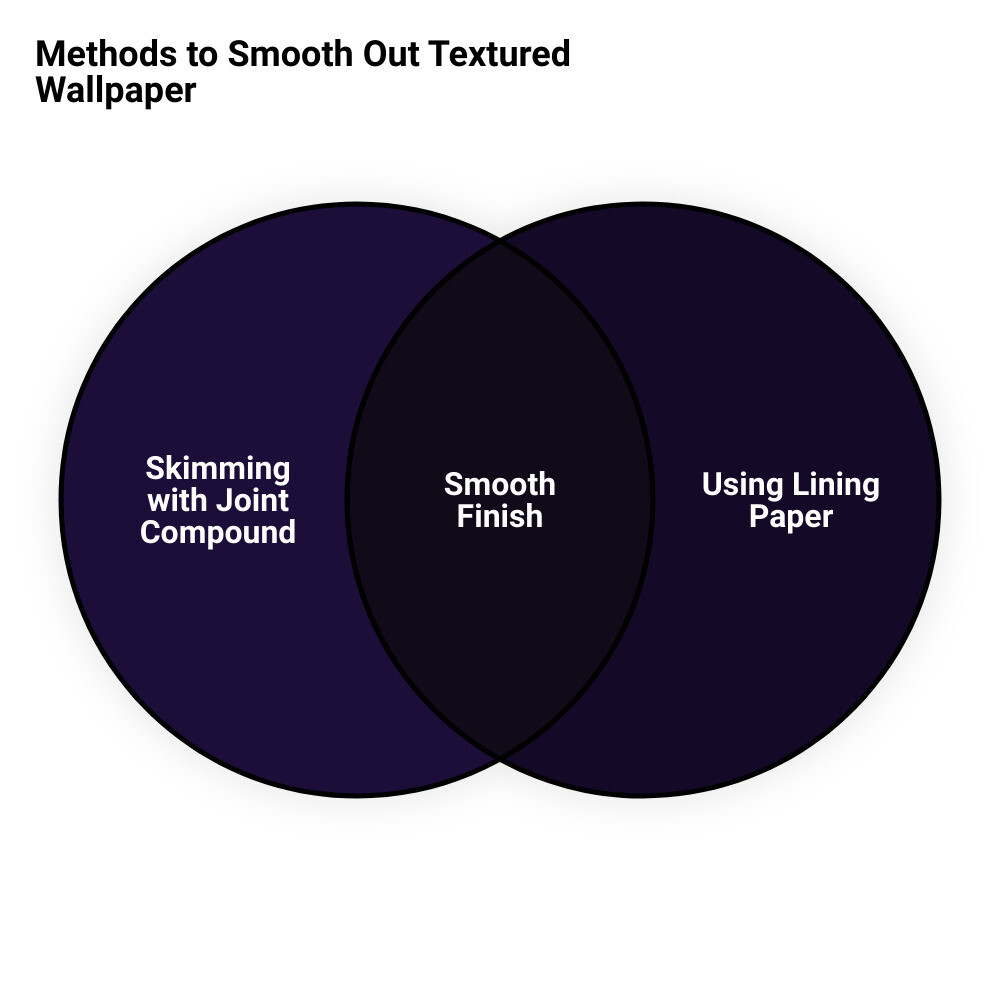
Methods to Smooth Out Textured Wallpaper
There's no sugarcoating it: dealing with textured walls when you want to apply wallpaper can be a challenging task. But don't worry, with the right approach and a little patience, it's entirely doable. Let's explore three effective methods that can make your textured walls smooth and ready for wallpapering.
Skimming with Joint Compound
Skimming is a popular method used to smooth out textured walls. This involves applying a thin layer of joint compound over the entire wall surface. You'll need a taping knife (preferably 10” or 12”) and a container of joint compound for this task.
Start by sanding the walls slightly to remove the gloss from any paint. This helps the joint compound adhere better to the wall. Then, apply the joint compound from the bottom up, ensuring a smooth and even skim coat. Allow it to dry for 24-48 hours. If needed, apply a second coat. Once you're satisfied with the results, lightly sand the dried compound to smooth out any imperfections.
Remember, skimming requires skill and precision, so take your time to achieve the best results.
Using Lining Paper
If skimming sounds daunting, consider using lining paper. This is a special type of paper that's applied to the wall before wallpapering. It's hung horizontally on the wall and helps create a smooth surface for your wallpaper.
Before applying the lining paper, ensure your walls are primed or sized. This prevents the adhesive from damaging the wall and makes paper removal easier in the future. Hang your paper with a tiny gap between sheets to avoid creating a ridge from overlap. Once the liner has dried completely, your wall is ready for wallpapering.
Soak and Scrape Method
The soak and scrape method is a DIY-friendly technique for removing texture from walls that haven't been painted. It involves soaking the wall with a pump sprayer filled with water and then scraping the texture off with a taping knife.
Before you start, protect your floors with canvas tarps and wear old clothes. Start the scrape at the ceiling line and work your way down to the bottom of the wall. If you meet any resistance, stop and respray. Once all the texture has been removed, allow at least 24 hours for drying before sanding the wall smooth.
Each method has its own merits, and the best one for you depends on your comfort level and the condition of your walls. Regardless of the method you choose, the goal is the same: to create a smooth, even surface for your beautiful wallpaper from ONDECOR LLC.
Step-by-Step Guide to Applying Lining Paper Over Textured Wallpaper
Just like an artist prepares a canvas before painting, you need to prepare your wall before applying wallpaper. This is especially crucial when dealing with textured walls. Here's a step-by-step guide to applying lining paper over textured wallpaper to achieve that perfect, smooth finish.
Choosing the Right Lining Paper
The first step to wallpapering over textured walls is choosing the right lining paper. This can be a game-changer when it comes to achieving a smooth finish.
Similar to the wallpaper hanging process, lining paper is applied to the wall with a paste. It's crucial to choose a lining paper that is thick enough to cover the texture of the wall. Ideally, a thickness of 3.2-4mm is recommended, as it can effectively cover most textured surfaces. Remember, the smoother your base, the better your wallpaper will look and feel.
Applying the Lining Paper
Once you have chosen the right lining paper, the next step is applying it to your textured wall. Unlike wallpaper, lining paper is hung horizontally. This helps to disguise any minor imperfections in the wall and creates a smoother surface for your wallpaper to adhere to.
Prior to applying the lining paper, size or prime/seal your walls. This will prevent the adhesive from damaging the wall and make the paper removal process easier in the future. Use the same adhesive for your lining paper as your top paper to ensure proper adhesion.
When hanging your lining paper, leave a small 1mm gap in between sheets to avoid creating a ridge from overlap. Cut the paper a little longer than the wall width and then score and cut the overlap off once you’ve applied it to the wall.
Ensuring a Smooth Finish
The final step in the process is ensuring a smooth finish. After the lining paper has been applied, allow it to set and dry completely before hanging your wallpaper. This will ensure that the surface is completely smooth and ready for the final layer of wallpaper.
It's important to remember that the key to a successful wallpaper application is patience and precision. Take your time to properly prepare your walls, apply the lining paper correctly, and ensure a smooth finish. This will result in a beautiful, flawless wallpaper application that transforms your living space.
Transform your walls with confidence using high-quality wallpapers from ONDECOR LLC. With a wide range of design options to choose from, you can find the perfect wallpaper to enhance your home's aesthetic.
Tips and Tricks for Wallpapering Over Textured Walls
When it comes to hanging wallpaper over textured walls, success is all about preparation and the right technique. Here are some expert tips and tricks to help you ensure optimal results.
Choosing the Right Wallpaper
The first step is choosing the right type of wallpaper for your textured walls. The thickness of your wallpaper can have a significant impact on the final result. Generally, thicker wallpapers such as Moroccan tile wallpaper or peel and stick tile wallpaper from ONDECOR LLC are more forgiving on textured surfaces as they can better mask the irregularities. They are also more durable and easier to clean, making them ideal for high-traffic areas such as kitchens and bathrooms.
When choosing your wallpaper, consider the design as well. Busy patterns can help disguise minor imperfections in the wall.
Using the Right Adhesive
The type of adhesive you use is another critical factor when wallpapering over textured walls. For best results, use a high-quality, heavy-duty adhesive. This type of adhesive is designed to provide a stronger bond, which is crucial when dealing with textured surfaces.
Make sure to apply the adhesive evenly across the back of the wallpaper. An uneven application can lead to bubbles and wrinkles. Also, be sure to allow the adhesive to 'cure' or set for the manufacturer's recommended time before hanging the wallpaper. This will help ensure a stronger bond to the wall.
Dealing with Potential Issues
Even with careful preparation and the right materials, you may encounter some issues when wallpapering over textured walls. For example, bubbles or wrinkles may appear, or the wallpaper may not stick properly in some areas.
If you notice a bubble, try to smooth it out towards the edge of the wallpaper with a wallpaper smoother or a dry sponge. If the bubble remains, you may need to lift the wallpaper, apply additional adhesive, and then smooth the wallpaper back down.
If your wallpaper isn't sticking properly, it's likely due to insufficient adhesive or a problem with the wall surface. You can try reapplying adhesive to the wallpaper, but if that doesn't work, you may need to remove the wallpaper, prepare the wall surface again, and then hang the wallpaper.
Remember, the key to successful wallpapering over textured walls is patience and persistence. Don't rush the process, and be prepared to troubleshoot any issues that arise.
With these tips and tricks, you can transform your textured walls into a stunning, smooth canvas for your new wallpaper. Happy decorating!
The Role of Eco-Friendly and Non-Toxic Wallpapers in Your Home
In the quest to transform your textured walls into smooth, wallpaper-ready surfaces, it's important to consider not just the aesthetics but also the environmental impact of your choices. Eco-friendly and non-toxic wallpapers are a perfect choice for homeowners who value both style and sustainability.
Benefits of Eco-Friendly and Non-Toxic Wallpapers
Choosing eco-friendly and non-toxic wallpapers offers multiple benefits. Firstly, they are safe for both your home and the planet. Conventional wallpapers can contain harmful chemicals that can off-gas into your home, contributing to poor indoor air quality. Conversely, eco-friendly wallpapers are often made without harmful chemicals, ensuring a healthier environment for you and your family.
Moreover, many eco-friendly wallpapers are made using sustainable manufacturing practices, which help reduce the environmental footprint of your home décor. This includes using water-based inks, recycled materials, and responsible sourcing practices.
Additionally, eco-friendly wallpapers can also be more durable and long-lasting. This means they need to be replaced less frequently, leading to less waste and a lower overall environmental impact.
How ONDECOR is Leading the Way in Eco-Friendly Wallpapers
ONDECOR is a proud advocate for eco-friendly and non-toxic wallpapers. Our commitment to the environment extends to our wallpaper selections, offering options that are not only stylish but also safe for both your home and the planet.
We prioritize American-made quality, ensuring that each product adheres to strict manufacturing standards and supports local businesses, contributing to a sustainable economy. By choosing ONDECOR, you're not just making a design choice; you're making a statement about your commitment to environmental stewardship.
In conclusion, whether you're covering textured walls with lining paper or choosing the perfect wallpaper for your smooth walls, consider the role of eco-friendly and non-toxic wallpapers in your home. With ONDECOR, you can enjoy a seamless shopping experience, fast and secure shipping, and the peace of mind that comes with choosing environmentally responsible products.
Conclusion: Transform Your Walls with Confidence
After exploring the world of textured wallpapers, smoothing techniques, and the magic of lining paper, it's clear that transforming your walls is a task that requires careful preparation, the right materials, and a sprinkle of patience. But, with the right knowledge, you can confidently take on the challenge and breathe new life into your living spaces.
The journey to turning your textured walls into a smooth canvas for your dream wallpaper begins with understanding the challenge at hand. With textured wallpaper's uneven surface, it poses a unique hurdle that can be smoothly tackled by using techniques like skimming with joint compound or applying lining paper.
Embracing the role of lining paper can truly be a game-changer. Not only does it present a solution to the textured wallpaper challenge, but it also prepares your walls for a flawless and long-lasting wallpaper application. By following a step-by-step guide and paying attention to details, you can ensure a smooth and professional finish.
One thing to keep in mind is that not all wallpapers are created equal. Choosing the right wallpaper for your wall, considering factors like the type of texture, the adhesive to be used, and the wallpaper's overall quality can make a significant difference in your project's success.
Moreover, in an era where sustainability is key, the importance of eco-friendly and non-toxic wallpapers cannot be overstated. As conscious consumers, it's important to make choices that not only beautify our homes but also contribute positively to our environment.
With ONDECOR, you can achieve all these while enjoying a seamless shopping experience. Offering a wide range of high-quality, eco-friendly wallpapers, they provide homeowners with stylish and sustainable solutions for their home decor needs.
In conclusion, transforming your textured walls into a beautiful backdrop for your dream wallpaper is indeed possible. With the right knowledge, tools, and materials, you can change the narrative of your living spaces. So, go ahead and transform your walls with confidence!
Share

